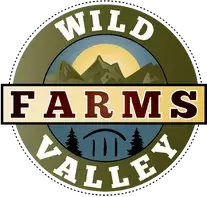|
By Cindy Cloninger Premium all natural and organic compost is an essential part to creating a great garden. Learn all about Wild Valley Farms, Terra Zest in this article. Since the creation of the earth, decomposition has been in play. Rock, trees, leaves, grasses, foods, and all types of organic matter have been broken down over time to create the soils that surround us. Because the minerals, bedrock, climate, moisture, and plants vary depending on geographical location, soil content and make up varies too. Ideally, you want to create a soil that helps retain moisture and has adequate aeration. Ideal soil is dark and has the full range of organic nutrients that release slowly over time. Soil like this allows for deep root growth and ideal environment for your plants. If your soil doesn’t look like this, or you are combatting hard and compacted soil. Terra Zest is the solution you have been looking for.Terra Zest compost blend is the solution for softening your soil. What is Terra Zest?Our premium organic and all natural Terra Zest is a special blend of manure, sawdust, and hygroscopic fiber (wool). There are two main components that make up any compost. 'Greens', or table scraps and yard waste, and 'Browns', or manures. The main difference in any compost is feedstock or the materials that you start with. You need "Greens" and "Browns" or Nitrogen and Carbon. There are many different sources of "Greens" or Nitrogen and using the best sources yield the best results. The quality of materials used are a key component in the making of a great compost.
Terra Zest is screened to remove and debris, then carefully tested to make a uniform product. Terra Zest will help your soil retain moisture and works as a slow release fertilizer that lasts all year long, (unlike chemical fertilizers that only last for a few weeks), and it won’t burn your lawn or plants. This premium compost blend is safe for use around children or pets immediately after use. Wild Valley Farms is committed to delivering all natural, organic, and safe products to our customers. Special care is taken in every stage of development to ensure you receive a nutrient dense, long lasting, and uniform compost soil. We also make a special Golf Course blend that helps green up grasses faster and helps keep high traffic areas softer. What are the Benefits of Wild Valley Farm Terra Zest compost blend?
We not only sell Terra Zest in bulk and deliver in Northern Utah, we also offer installation so the back breaking labor is done for you. You can also find it at many garden retailers in the US and Canada. Terra Zest
$45.00
Terra Zest for your garden, flower beds, or anywhere you want to improve your soil and retain moisture. Try planting your tomatoes straight into Terra Zest, you will love the results! Price is per cubic yard(a yard is about a pickup load), and will cover about 162 sqft 2 inches deep. Delivery is ONLY available in Utah and Western Wyoming. Add in the comments when your preferred delivery time would be and we will call to finalize. Read more about Terra Zest and how to use it in your garden and flowerbeds: Terra Zest Premium Organic and All Natural Compost - Wild Valley Farms Product Highlight Product Installation
$29.00
We can install any of our bulk products to your already landscaped yard. This is a great option for those who aren't sure how much product they need as we only charge for what is used. The $29 price is per cubic yard of product installed. (Product and delivery charges not included) In the notes, please say which product you would like installed.
Cindy CloningerVirtual Assistant, blog manager, email & social media marketing assistant, web development. I enjoy hiking, fresh fruits & veggies, planting flowers, and cooking great meals. But I love being a wife and mother the most. When I'm not doing all of those, I love to read and try new things. Despite the forecast, live like it's spring.
1 Comment
By Cindy Cloninger
Like all good friends, 'vegetable friends' help each other out. Did you know that onions & leeks repel carrot flies? Or that lettuce tenderizes summer radishes? Knowing which plants benefit the other is a secret to successful gardening. And who doesn't love hanging out with a good friend?
There are lots of combinations of plants that grow really well together and have beneficial components for one another. We’ve narrowed this overwhelming and sometimes confusing process down for you. We've compiled a list of the most common crops, with the most beneficial plants to put together to take the guesswork out of companion planting and guarantee you’ll reap the benefits. What is companion planting?
While you may not have tried it, companion planting is all around us. The most common practice today comes from industrial farming where it is a common practice to plant vetch or legumes in the fall after harvest. Native Americans used this practice but called it, Three Sisters, planting corn, beans, and squash together.
So why go to all the trouble to plant next to each other or in the same space? The main benefits of companion planting are to provide mutually beneficial outcomes in soil nutrients, erosion control, weed control, deterring or attracting insects, and providing shade. Tomato
Carrots
Lettuce
Peas
Cucumber
Our last three have been planted together for hundreds of years so we’ve kept them together.
Squash, Beans, & Corn
Flowers
Adding if flowers around the borders of your garden and in between can attract pollinators, insects that will eat those that are a nuisance, and add beauty and color to the overall appearance of your garden beds.
Watch this great little video to learn why marigolds, buckwheat, lavender, daisies, and hollyhocks are great in your garden. And what some of the best flowers you haven’t even thought of to plant in your garden are. What are your favorite garden combinations?Recap the best vegetable friends with this quick slideshow:Cindy CloningerVirtual Assistant, blog manager, email & social media marketing assistant, web development. I enjoy hiking, fresh fruits & veggies, planting flowers, cooking great meals. But I love being a wife and mother the most. When I'm not doing all of those, I love to read and try new things. No matter the forecast, live like it's spring. By Cindy CloningerOr the best flowers & plants for your garden container and pots. Container gardening has many appeals. With ease of use and convenience in growing herbs and veggies fresh at hand, coupled with less stooping and bending, it’s no wonder potted plants are so popular. Container gardens are beautiful with their differing hues of green and varied shaped leaves. From the bright colors to multi-toned flowers, containers can add interest and be pleasing to the look and smell of spaces both in and outside your home. Container planting is not just limited to the floral variety, but planting herbs, berries, and vegetables in pots are not only beautiful, they can be bountiful as well. Wild Valley Farms has put ingenuity to work once again and created Nutri Wool Pots from completely recycled wool felt. Different from most potting containers, Nutri Wool Pots are made of natural materials, that protect your plants from overheating and better insulate them from extreme temperatures. We already know the benefits that wool can provide as it breaks down over time releasing the perfect amount of nutrients to your tender plants and the barrier to pests like slugs and snails. Now you can have the added convenience of planting directly in these colorful Nutri Wool Pots. They look beautiful on any porch or balcony and because of their dense fibers they hold the water making them the perfect container for your blooms and crops. An added benefit of the completely organic pots is the biodegradable factor. These little beauties can be planted directly in the soil when you are ready for making a more permanent home for the plants that grace the steps of your porch. With a list of benefits like these, Nutri Wool Pots are a win, win for your planting needs. One major drawback to plants in pots is watering. Plants in containers have limited root space and require more watering, sometimes twice daily in hot weather. Installing automatic drip irrigation systems or bulb watering that releases over time can help, but perhaps the easiest solution is adding wool pellets to your soil. Wool Pellets, though small, pack a major punch in gardening benefits. As part of their innate make-up, wool pellets soak up water. As a result, this creates added porosity for root growth and lessens watering by 25%, taking container gardening to a whole new level of ease. It’s no wonder that Wool Pellets have gained national attention and awards. Read about their journey from anonymity to acclaim in Wild Valley Farms Keeps Busy Bringing Wool Pellets to the World - 2017 Year in Review If you haven’t tried them out yet, you will love the work they provide and be pleasantly surprised at how well plants thrive when wool pellets are part of the soil make up. Not convinced? We have 6 Reasons You Should Be Using Wool Pellets in Your Garden Soil Creating the visionContainer growing can be as simple as a single plant or crop in a container on your step to a layered visual and pleasantly scented arrangement of many types of plants. Some key steps experts suggest to getting that pleasing look out of your containers are planting in three areas. The thriller, filler, & spiller.
Keep in mind colors variety, layer bulbs and plants that flower at different times, and note water and sunlight needs in order to plant like plants together. Flowers and shrubs Visually stunning and creating shape, shrubs can be the anchor of your containers. With the wide varieties that exist, and the portability of containers, you can plant most anything you desire. Here are some showstoppers and proven winners in this category. HibiscusHydrangeaLavender
Peony
ColumbineColumbine offers unique depth and comes in a purples, pinks, yellows, and reds. Columbine, or Aquilegia came from the Latin word for eagle, perhaps because the petals look like eagle talons. Columbine has hardiness in zones 3-9 and are among the easy to grow plant category. With their unique shape and 'nodding' heads Columbine are real 'thrillers'. Snapdragon
Dahlia
Geranium
Cape Primrose
Ivy
Begonia
Petunia
BulbsBulbs have been planted in containers for years. Layering early and late blooms along with different varieties in one container can give you pots bursting with color and fragrance that will last long into autumn. Bulbs need to spend time in the cold in order to bloom. Make sure to check our chart and find key tips about How to Force Bulbs Like a Pro. Some of our favorite bulbs are tulips, crocus, and lilies. Don't be afraid to tuck your favorite herb of vegetable in amongst your other plants. Some flowers may do well the entire season in the 2.5 quart Nutri Wool Pots, but when roots have outgrown the pot, simply place into a larger pot or into your garden soil. Cindy CloningerVirtual Assistant, blog manager, email & social media marketing assistant, web development. I enjoy hiking, fresh fruits & veggies, planting flowers, cooking great meals. But I love being a wife and mother the most. When I'm not doing all of those, I love to read and try new things. No matter the forecast, live like it's spring.
By Cindy Cloninger
There are two kinds of bulbs that can be forced
The first type don’t have to be ‘wintered’ at all as they naturally come from warmer tropical climates. These are specifically the Amaryllis and Paperwhites. That means you can have flowers in as little as 3-5 weeks! Which is a major plus if, like me, your life is too hectic to often think months ahead.
The second group need to experience a ‘winter’ so to speak. This variety of bulbs will need to be chilled at around 40 degrees. The time frame varies depending on the individual flower type
Warm weather Non-chilling Bulbs
While individual times vary, a general rule to follow is:
Easy Peasy! That’s why these make such great holiday gifts! Use a bag of our terra zest and mix in some wool pellets and you’ll have thriving plants that will do well in an arid house using a heater.
Easytogrowbulbs.com has this great how-to video on Paperwhites. Check out their great online store for a large variety of bulbs.
Cold weather bulbsAs in life, Chill for best results
Check out this great little video for a step by step look at how this processes goes.
Caring for your holiday poinsettias
Aside from bulbs, winter holidays give us a few other plants to care for. The most common of these is the Poinsettia. The plant is native to Central America and was introduced to the United States in 1825 by Joel Roberts Poinsett. Poinsett was the first US minister to Mexico.
Because it is a tropical plant, protect if from cold temperatures and chilling winds. Poinsettias like 65-70 degrees, ideally, with about 6 hours of indirect light daily. Over watering is a common cause of death for these plants. Take note that while not overly poisonous, if eaten by humans or pets they will cause vomiting and can cause rashes is some people. So keep away from pets, children, and dare-taking teenage boys.
Light and darkness are both equally important to the Poinsettia, who’s scientific name is Euphorbia pulcherrima. It is actually the this contrast in light and dark, beginning in October for about 15 hours of darkness nightly, that turns the normally white leaves red. Once buds develop, it needs less darkness.
The colored “flowers” are actually specialized leaves called brachts, while the true flowers are inconspicuous beads found in the center of the brachts. You can move your plants outdoors once nighttime temperatures stay above 50 degrees. Prune and shape to keep it ‘bushy’ until next fall. Cindy CloningerVirtual Assistant, blog manager, email & social media marketing assistant, web development. I enjoy hiking, fresh fruits & veggies, planting flowers, cooking great meals. But I love being a wife and mother the most. When I'm not doing all of those, I love to read and try new things. No matter the forecast, live like it's spring. By Cindy Cloninger Like many of you, Autumn is one of my favorite times of year. I love the cool beautiful mornings and the absolutely perfect days. Living in the Wasatch mountains we are treated to colorful sunsets to awe and inspire. Autumn is the time of year where we gather with all those we love to enjoy good company, good food, and relish in all the joy that life brings. But before you head indoors and get that turkey ready for the 50 people you care about most, take these easy steps and set your garden up for success in my next favorite season, spring. There are 3 areas of focus you should keep in mind when preparing your garden for winter. First, cut back and clean up. Second, preparing and protecting against the harsh freezing winter temperatures. And the third is to think ahead to planning for early next spring. Splitting the tasks in half, you can easily accomplish these steps in 2 days: a morning & afternoon each. So let’s get started 1 - Cutting back plants and trees & cleaning up your garden Perennials and ornamental grasses should be cut back to the ground. Waiting until spring means new shoots will already be growing. Take advantage of these last few beautiful days to divide any perennials that have gotten too big. Early blooming daisies, phlox, poppies, and cora bells, as well as hostas and peonies will benefit from being thinned out. This is the perfect time to start a compost pile if you don’t have one already. Add to it all of the spent plants in your vegetable garden and clippings from shrubs and leaves that have fallen. Shrubs and Trees Fall is a good time to prune trees and shrubs as foliage has already dropped. Pruning may be done in the fall or the spring. However, a word of caution, some studies show heavy November pruning negatively affects the trees ability to become winter hardy. So it may be best to lightly prune, fruit trees especially, and wait until early spring for more heavy pruning. A quick pruning guide is to maintain a natural shape with shrubs, avoiding boxy or round shapes (unless that is what you are wanting). For fruit trees, you want to trim any down facing branches and create and open bowl shape, so that the branches have room and can support the weight of a plentiful harvest. For all other trees, remove any crossing, damaged, or dead branches, cutting back any overly long branches and shape in a more vertical direction. 2- Protecting your garden plants and soil against the freezing winterWater You might think that worrying about watering has past. But Utah is one of the driest states in the nation, receiving an annual rainfall of just 13 inches. Because it can be most dry during the fall, your evergreens will suffer without regular water until the ground freezes. Local landscape architect, Laurie Van Zandt has the solution. If the root ball is dry going into winter, evergreen trees and shrubs will struggle. To avoid this, after irrigation has been turned off, deep water pines, spruce, and fir every two weeks or so until the ground has frozen unless there is significant rainfall. Nourish Newly planted trees and shrubs are especially vulnerable. It is a good idea to incorporate some compost, dry leaves, and wool pellets into your soil. Who wouldn’t want a nice covering of wool to cozy up to in the cold, freezing nights? While holding necessary water and creating space for roots, wool pellets give a slow release fertilizer that will help your plants in the spring. Say goodbye to slugs and snails with these microscopic razor barbed wool fibers. Adding a 2 inch layer of compost (we recommend Terra Zest) at season's end creates an additional barrier to weeds while contributing to the overall softening of your soil. I probably don’t have to tell you how cold it gets during the long winter months. So bring in potted plants that will have the additional struggle to stay warm. If you have planted warmer climate perennial bulbs and tubers, now is the time to dig those up, cover them in sawdust or wood chips (making sure they are pest free) and store them in the garage. Wrap sensitive plants in burlap for extra protection. Additionally, you can add wood chips, mulch, and potting soil to pots and at the base of plants. Spreading wood & bark mulches are inexpensive, help temperature, and look good. Over time, mulches made from organic materials break down and increase your soil's structure and fertility. We suggest adding a 2-3 inch layer thinning it out around the base of trees. With inconsistent snowfall and temperatures ranges during winter, snow will pile up and then melt, successively. This adds to the deterioration of the soil and can leave roots exposed. This is known as ‘frost heaving’. Regularly check on and add evergreen boughs, pine needles, and pest free straw as covering for roots. This will ensure consistently cold soil temperatures even during a winter thaw. Predators As you're enjoying a holiday feast with loved ones indoors, your garden may be the object of feasting for hungry animals through the winter months. Deer, elk, moose, rabbits, and voles are common winter month munchers. Wrap trees and shrubs in hardware cloth, wrapping around, but not touching the trunk. The ideal height should be at least 4 feet and several inches into the ground to cover larger and ground animals. 3- Planning for SpringDuring fall and winter, our thoughts turn to preparing the indoors for cool temperatures and the richness of family gatherings and holidays. But, we should also be thinking of next spring. Wait...next spring?!?! Yep, you heard right, next spring. If we want the gorgeous garden and flowerbeds in spring and summer we need to prepare our soil for winter right now. Before the ground freezes in autumn, plant those early flowering bulbs. Tulips, crocus’, allium, hyacinths, and the deer resistant daffodils are a beautiful sight flowering in garden beds in early spring. Pansies and violets may also be planted in late fall, they will overwinter and bloom as soon as the snow melts. With so many new varieties now available you can have a wonder of color come spring.
Lastly, in putting our garden to bed and preparing for spring, we have our garden tools and structures. Drain hoses and store flat. Sharpen any tools and disinfect tools and pots. With all the foliage gone, now is a good time to look at the landscape architecture and design of your space. Rock walls, water features, and other pieces can add dimension and shape your entire garden. Reflect on the consistency of blooms and growth throughout the growing season and plan to fill in the holes and gaps. Keep watching for our upcoming series and perfect planning guide for your flower beds and vegetable garden. Now that you’ve soaked up those precious rays of Vitamin D, your garden is looking great, and even better it is ready for winter. Go enjoy evenings that are filled with crisp, cool air, and football games. Soak up skies that are awe inspiring with sunsets in oranges, reds, and purples. And treasure watching the landscape change from autumn hues to winter whites with your loved ones and a cup of cocoa. Cindy CloningerVirtual Assistant, blog manager, email & social media marketing assistant, web development. I enjoy hiking, fresh fruits & veggies, planting flowers, cooking great meals. But I love being a wife and mother the most. When I'm not doing all of those, I love to read and try new things. No matter the forecast, live like it's spring. UTAH STORIES DID THIS GREAT ARTCLE TELLING OUR STORY...... In an emerald-green valley in Croydon, Utah, tucked away in Morgan County like a well-kept secret, lies Albert Wilde’s farm. Albert produces a unique product, one that is growing in popularity with gardeners and farmers as it becomes more available and more familiar--sheep pellets. No, not that kind of sheep pellets. Albert’s pellets are made of wool. Albert is revolutionizing the fertilizer industry by taking a worthless byproduct and turning it into something that has real value. “Most of the wool we produce is good wool,” Albert states, “but black wool [the term for dirty wool] is no good. People don’t want it.” Whereas good wool is used to make clothing, black wool gets thrown away and wasted. But Albert is changing that. There is nothing quite like a fresh slice of tomato from your own garden. Tomato varieties in stores are usually chosen for how well they ship and shelf life. Varieties grown at home have bold and satisfying flavors. There are at least 10,000 varieties of tomatoes. Over 60 million tons of tomatoes are produced each year, making it the world’s most popular fruit and one you should definitely grow at home. One of the easiest ways you can add tomatoes to your harvest no matter your local is to grow them in a container. Here are 6 tips for growing tomatoes in a container. From the Ground Up1. Select the right container:Use a big container, 1 plant in a 5 gallon bucket is ideal. Use a container with an 18in - 24in diameter to ensure space for full grown seedlings. You may also want to consider a self watering container. 2. SoilMake sure you have adequate drainage and fill your container with a nutrient rich compost. We like Terra Zest, a premium blend of manure, sawdust, and hydroscopic fiber (wool). Terra Zest is free from chemicals and will help maintain the moisture in your soil and release a slow fertilizer to your tomatoes. 3. Plant DeepWhen planting tomatoes, you want the roots to grow deeply shooting out from the main stalk. For this reason plant your tomato starts deeply, cover two-thirds of the tomato stem, removing all leaves below the soil line. Moving on up - Water & Sunshine4. Water the key to successPlants take up and use water more efficiently in the morning. water the soil, not the plants as wet leaves can encourage blight and fungus. The goal is to have the soil moist, not wet. This requires daily watering, sometimes twice daily on hot summer days. Going too long in between watering and then overwatering can cause cracks in your tomatoes. Be sure to move them to a drier location if you getting a lot of rain. You can also use a self watering container to make things easier. 5. Sunshine that makes a differenceTomatoes should get a minimum of 6 hours of direct sunlight but 8 hours is better. 6. Select the best varietyPick the best variety type Vanessa Myers of Western Garden Centers offers these great tips when considering tomato varieties. General types of tomatoes include:
Finally, they will be labeled as either hybrid or heirloom. If a plant is hybrid, it is the result of crossing other varieties. They are not likely to retain their desired characteristics if you try to save the seeds for the next year, and they may even be sterile. In contrast, you can collect seeds from heirlooms because they do generally keep the same genetics in their seeds. Try Terra Zest Today!Did you know that plants can absorb nutrients 10 times more efficiently through their leaf surfaces than through their roots? There’s a great way to utilize this aspect in nature and reap the benefits. Compost Tea. Spraying foliage with Super Compost Tea can produce remarkable yields. We all know that adding compost to flower beds, lawns, and gardens are beneficial. The organic matter improves soil quality and gives plant much needed nutrients. However, it is the billions of living organisms that are found in the forms of bacteria, fungi, protozoa, nematodes and other micro and macro soil organisms that do the work of unlocking the minerals and nutrients that are needed. Components that make up Compost TeaCompost tea is a liquid derived from high quality compost. Beneficial fungi, protozoa, bacteria, and nematodes along with other micro and macro organisms are extracted from the compost by a process of brewing a small amount of compost and water. They are then added to more water, the high oxygen content in water causes the reproduction of these organisms to explode. This results in a larger culture containing liquid of the original compost microorganisms. To make a good compost tea, you have to start with quality ingredients at every level.
Benefits of Compost Tea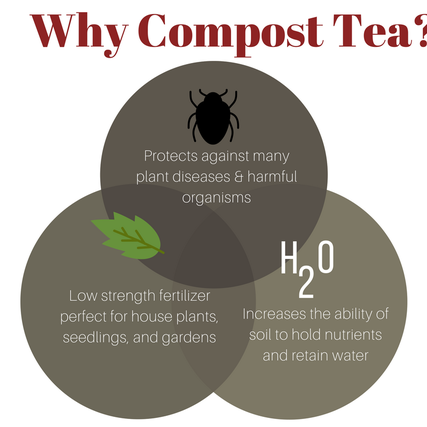
Wild Valley Farms Super Compost tea has beneficial bacteria and fungi suspended in a water form that makes them quickly available to your plants. This can be applied through spraying the plant itself or drenching the soil around it. By adding compost tea to your plants and soil, the benefits of quality compost go much further. How to UseFor best results, spray plants especially after transplanting, and during blooming time and just after fruit sets.
Wild Valley Farms Super Compost Tea comes in 32 oz concentrate bottles or 300 gallon bulk tanks. We’ve all seen it. Hard, dense, compacted soil. Not only is this difficult if not nearly impossible to dig in, it can create a host of other problems for growing plants in your garden. Ideally, water will absorb through your soil to a depth of about 6 inches. This doesn’t happen in hardened soils, water will take the path of least resistance and you’ll end up with run off, puddles, and a water depth of only a couple of inches. This makes for thirsty plants and muddy messes. What we want is rich, dark, nutrient rich soil that has organic matter, aeration, and porosity. Soil like this allows for deep root growth and ideal environment for your plants. So how do you get from one to the other? The Solution: Organic Matter!Organic matter consists of the decaying remains of plants and animals. Examples of these include: leaves, manure, bark, grass clipping, and compost. Some of these organic materials will work better and faster at softening your soil, the best is a good compost. Adding compost will soften your soil and improve soil structure, compost also adds nutrients to your soil that your plants need. Compost does a good job of binding clay particles together (better than gypsum). This results in improved drainage and aeration as well as softer and lighter soil. It also increases the soil's fertility while creating a friendly environment for beneficial soil microbes and earthworms. Compost is considered a soil conditioner, rather than a fertilizer, but it can retain and make existing nutrients more readily available to plants.  Another solution to soften your soil and create oxygen space in your soil is by adding wool pellets. Wool Pellets not only provide water holding in your soil, but they create oxygen space for root expansion that will help your plants be hardy and strong. Wool Pellets are able to hold 20X their weight in water helping to reduce the times you water. By holding water they can wick away extra water, protecting your plants from over watering. Wool pellets expand with water helping to increase porosity in the soil for optimal root growth. Our signature Soft Soil is the perfect blend of the highest quality top soil and our premium organic and all natural Terra Zest. Terra Zest is a special blend of manure, sawdust. Soft Soil is great for raised bed gardens or for adding 2-3 inches of nice soft soil to flower beds, garden plots, or lawns. Soft Soil really is the soil of your dreams!
Why miss an opportunity to increase your soil's fertility and nutrients for growing? Soil that has Terra Zest and wool pellets regularly added to it becomes rich, dark, and wonderfully crumbly and often requires less fertilizer.
Don't expect overnight results. Because plants, microbes, and earthworms break down organic matter, you'll need to add more next year. But eventually, you'll have that rich, soft soil you've always dreamed about. You’ve weeded, planted your annuals and bulbs, trimmed and pruned your roses, and laid a layer of mulch only to see it fade gray to nearly white in the first season. Why is it that some mulches can fade so fast? And is there a way to ensure you are purchasing mulch that will last longer than the first few months after purchase? Benefits of MulchSpreading mulch over your garden soil is the best way to save time and energy in your yard. Mulch helps regulate soil temperature in addition to helping the soil hold moisture so you don't have to water as often. It also suppresses weeds. And over time, mulches made from organic materials break down and increase your soil's structure and fertility. Our premium colored mulch is an environmentally safe product that conserves water and suppresses weeds all while protecting your plants from extreme temperatures. How Mulch is Made?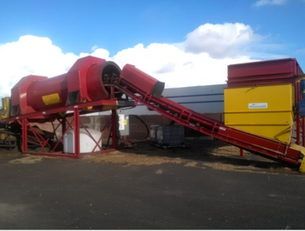 Colored mulch is made through a multi-step, technical process. Step 1: Recycled and wood waste are passed through grinders at a processing facility, creating smaller wood fibers, or bare mulch. Most of the wood at Wild Valley Farms has been recycled three or four times before we recycle it into beautiful colored mulch. Step 2: Wood is placed in the kiln for drying. The timber of living trees and freshly felled logs contains a large amount of water. A wood drying kiln is an enclosed space where air speed, temperature and humidity are controlled. The benefit of kiln drying the timber is that it is dried in a controlled environment, has rigorous testing, and is extremely quick giving a higher quality end product. Kiln drying offers several benefits with respect to preventing lumber degrade ensuring long lasting and slow decomposition. It’s lighter texture and weight helps prevent soil compaction. Moreover, kiln dried lumber is stronger (over 2x) and stiffer (nearly 2x) than green lumber so it will stand up to weather exposure. Bugs and insects are also killed during the drying process making for a pest and pathogen free product. Step 3: The mulch enters a coloring system, whereby ultra-concentrated, environmentally safe colorant is mixed with water and applied to the wood fibers Step 4: The colorant completely encapsulates the wood, ensuring maximum adherence and UV protection FadingNatural Organic woods will fade quickly. Weather extremes and sunlight exposure play a part in the discoloration. Starting with the cleanest and the finest quality wood product ensures the best outcome. Wild Valley Farms premium colored mulch is produced using the cleanest and the finest quality wood chips available. By combining kiln and air dried hardwood and softwood lumbers, and using only the highest quality colorants, we are able to produce a consistent, long lasting, weed and bug free product that is safe for use around your home and garden as well as children and pets. Types and Colors of Wood MulchThere are several options available in type and colors of mulch on the market. Most are tailored to give homeowners and business’ the flexibility to tailor the landscaping to individual preference. There is much debate and opinion that varies wildly regarding such. Wood mulch is most often categorized by type of wood, size of chips, and coloring. Common hardwoods and barks used are: Aspen, pine, cedar, cypress, and fur. Sizes:Shredded
Chips & Nuggets
Colors
How Much to Use & When to ApplyWood & bark mulches are inexpensive, help soil moisture and temperature and look good. They break down over time adding more organic matter to your soil improving the soil structure overall. Mulch needs to be reapplied yearly to maintain the optimal depth of 2 to 3 inches. Keep in mind that this depth needs to be reduced around the base of trees and must not cover the root base to prevent rot. It is best to add a layer of mulch in the fall to protect plants in the harsh winter and spruce up look of lawn in fading summer. Spread mulch in early spring to prevent weed growth and enrich the look of your landscape. Wild Valley Farms premium colored mulch is produced using the cleanest and the finest quality wood chips available. By combining kiln and air dried hardwood and softwood lumbers, and using only the highest quality colorants, we are able to produce a consistent, long lasting, weed and bug free product that is safe for use around your home and garden as well as children and pets. Wild Valley Farms Mulches will last longer saving you time and money while maintaining the look you want.
|
Archives
May 2024
Categories
All
|

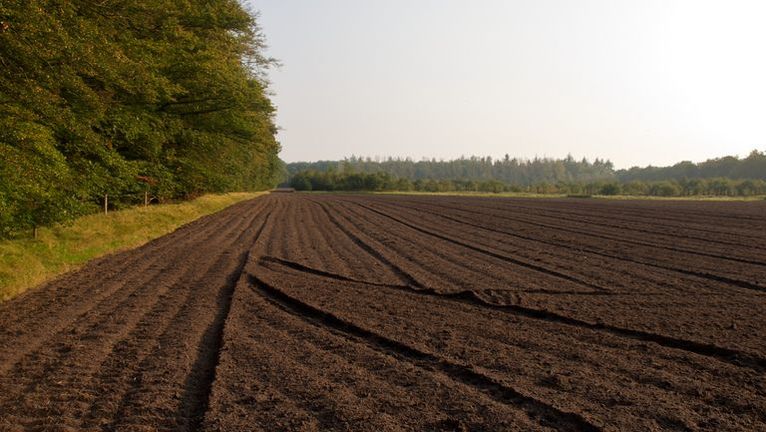



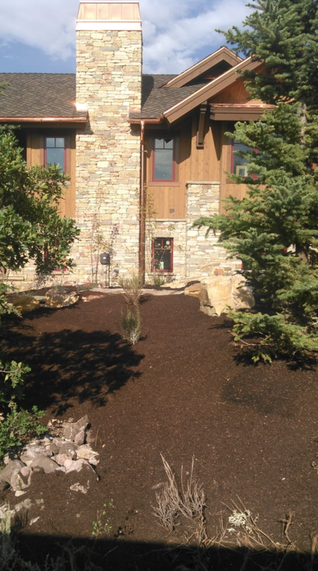



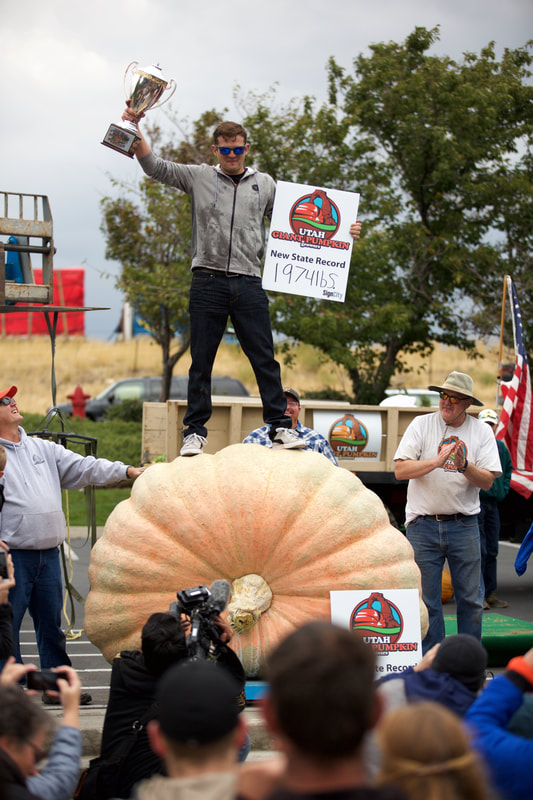
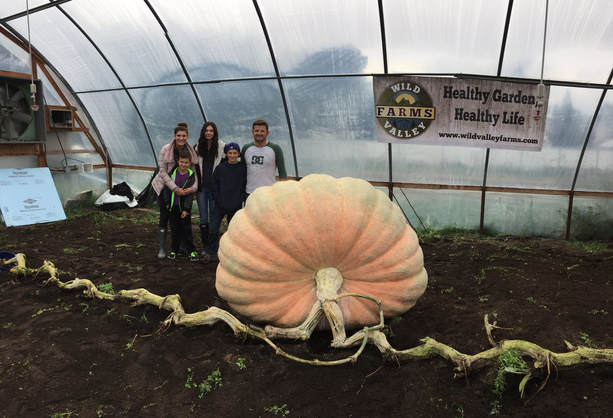

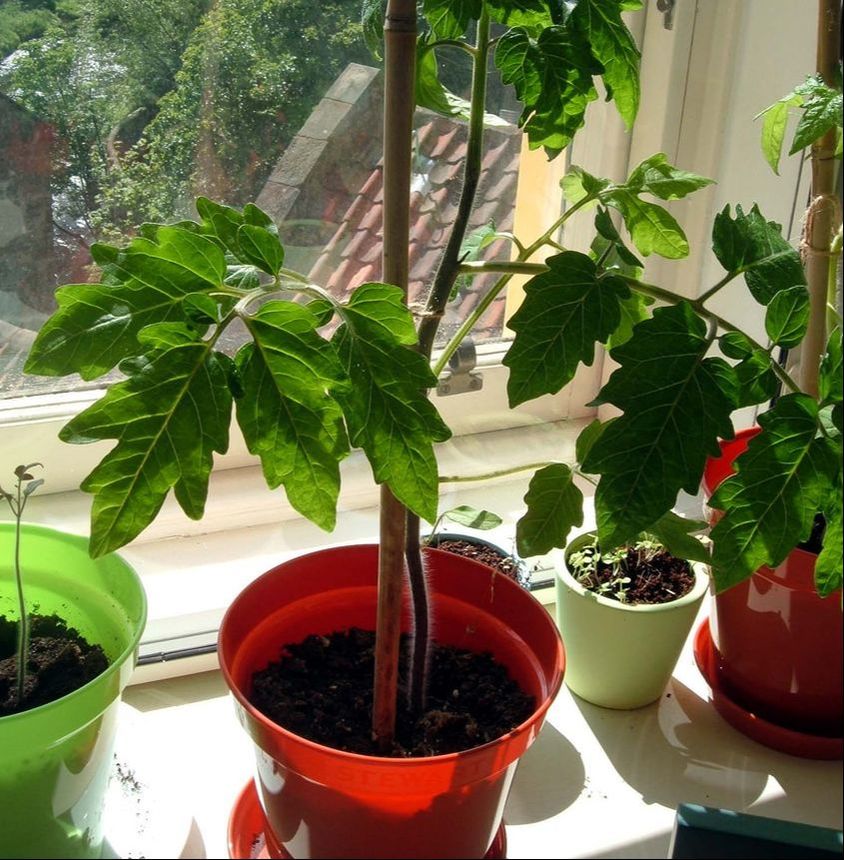
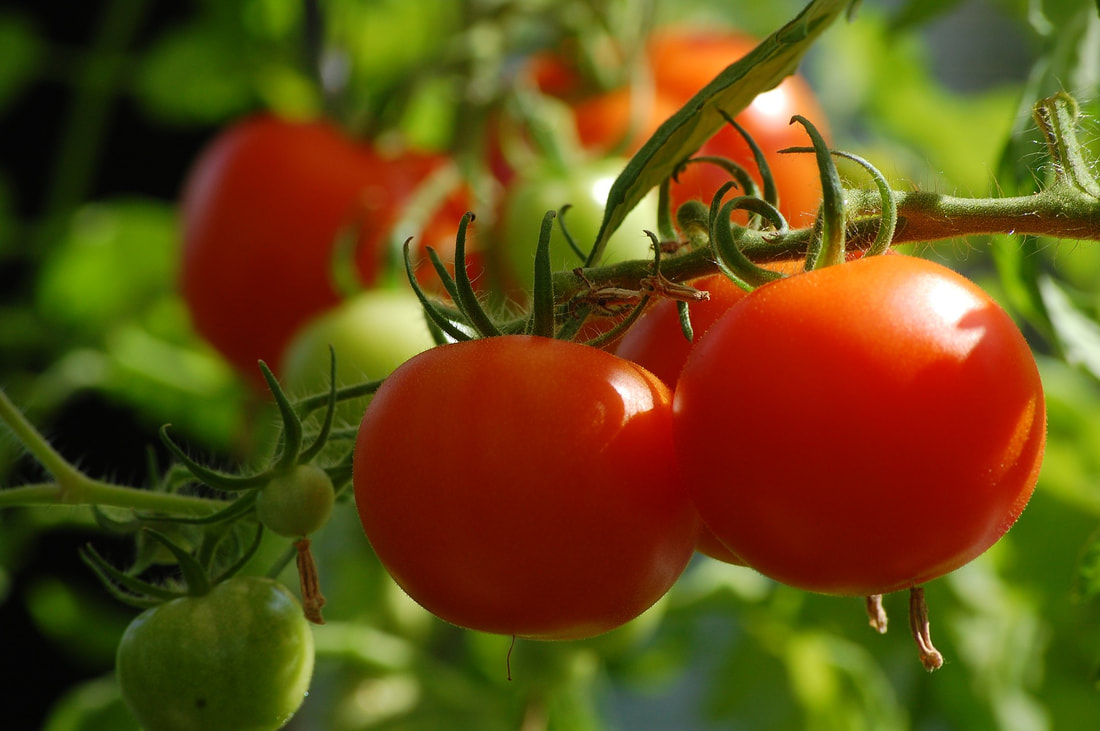
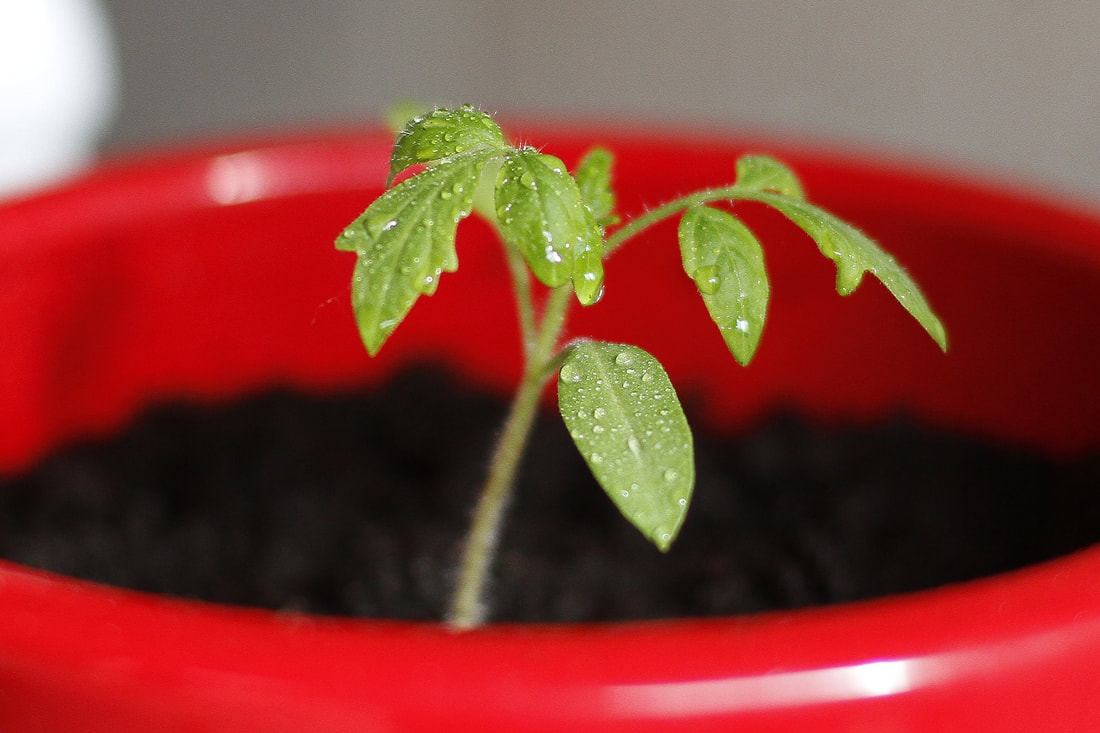
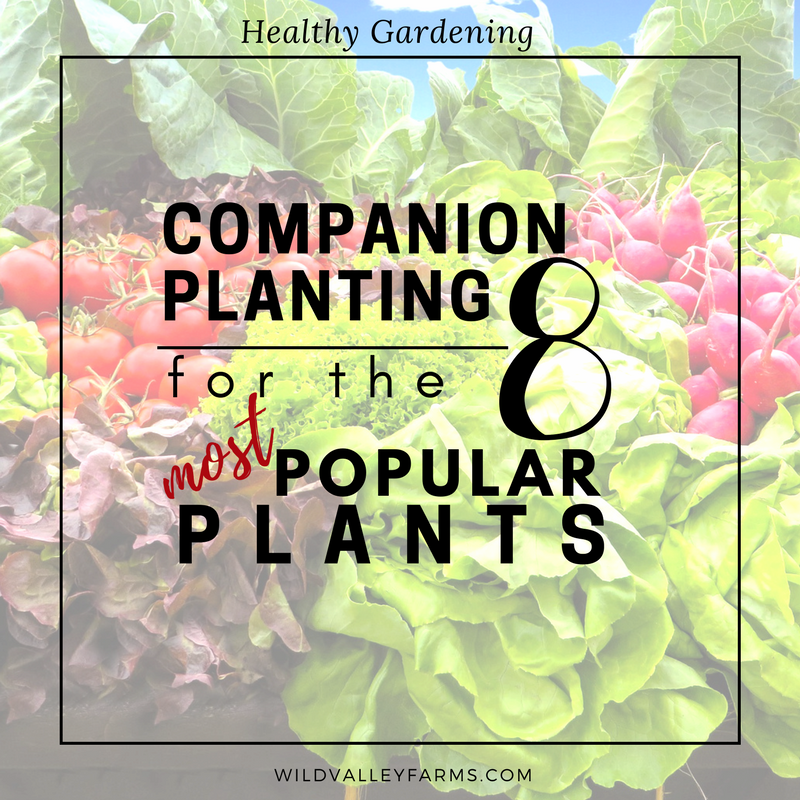


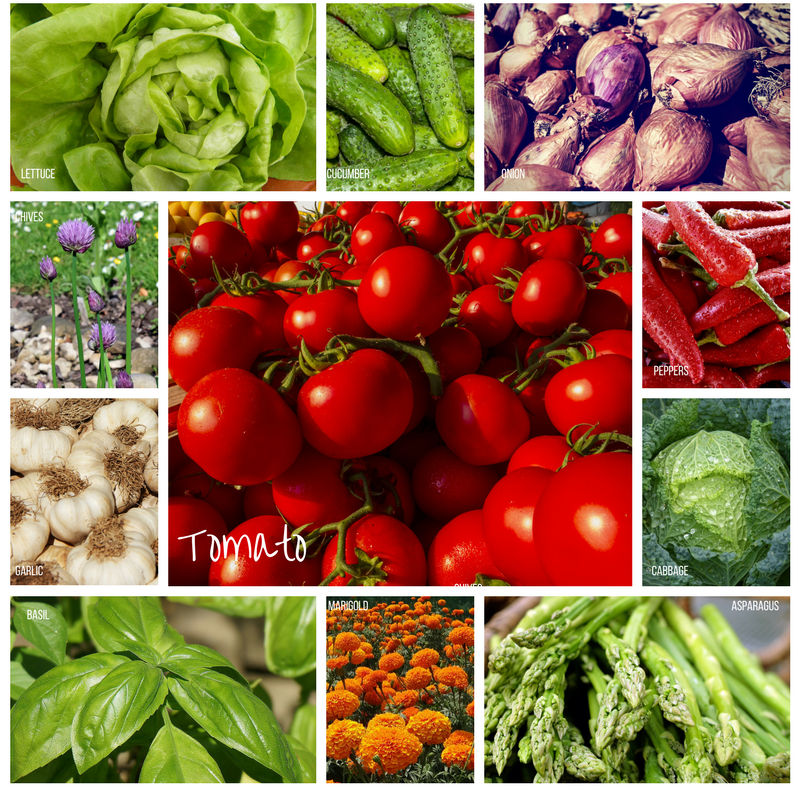

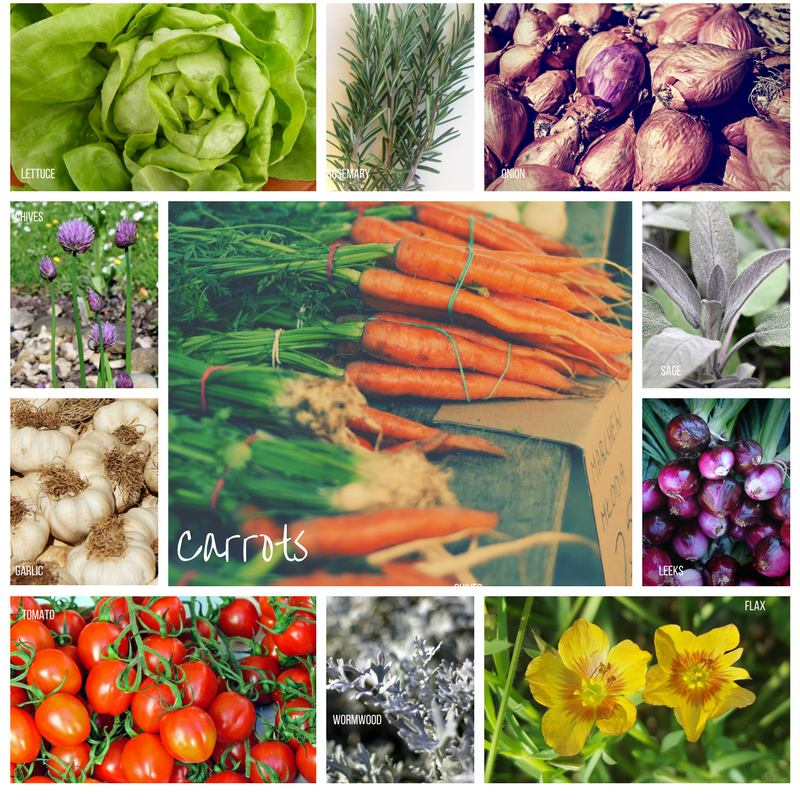

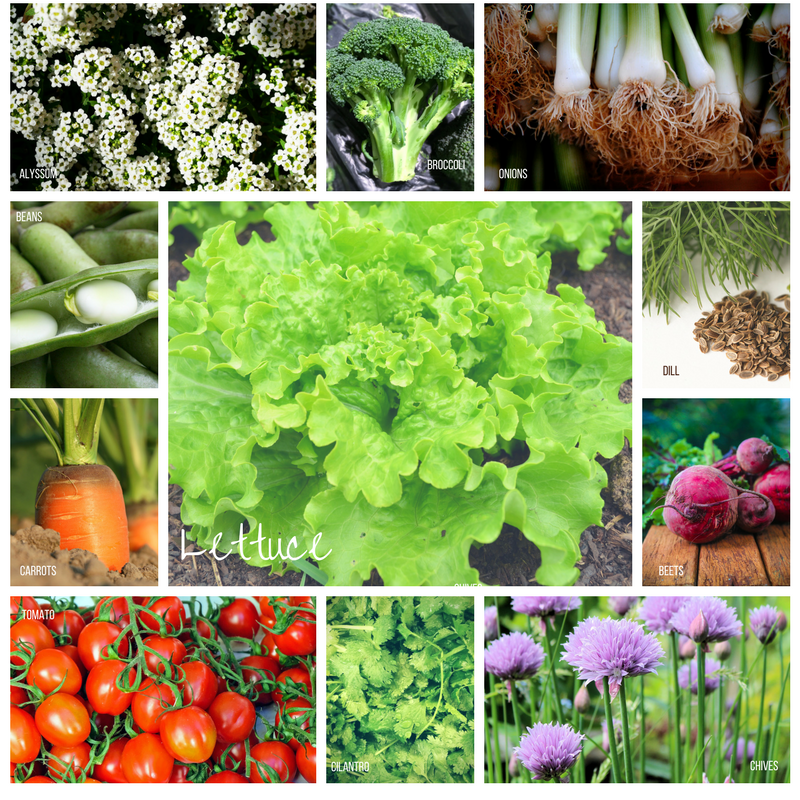

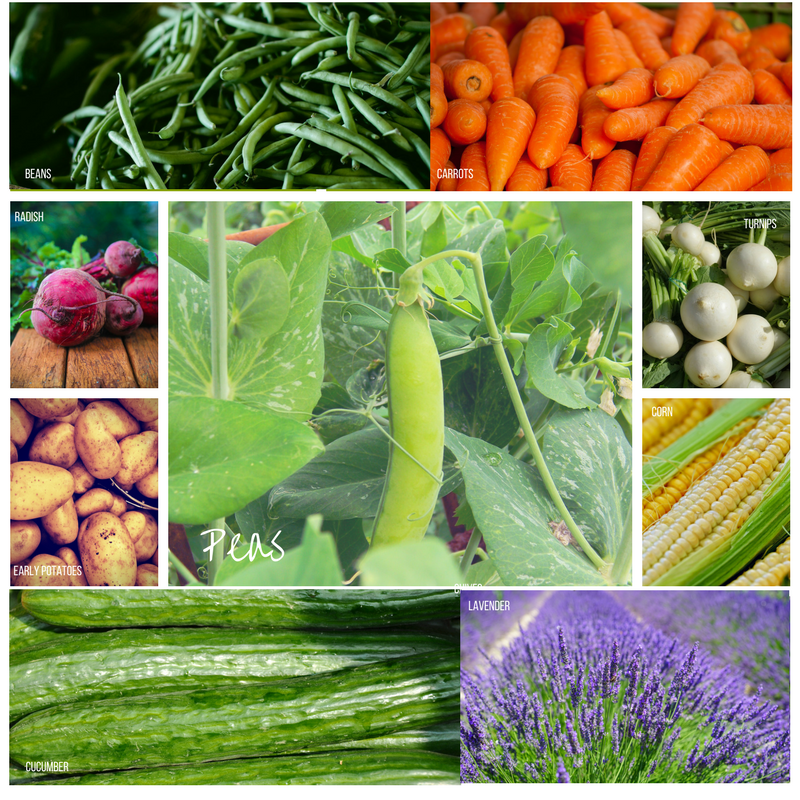

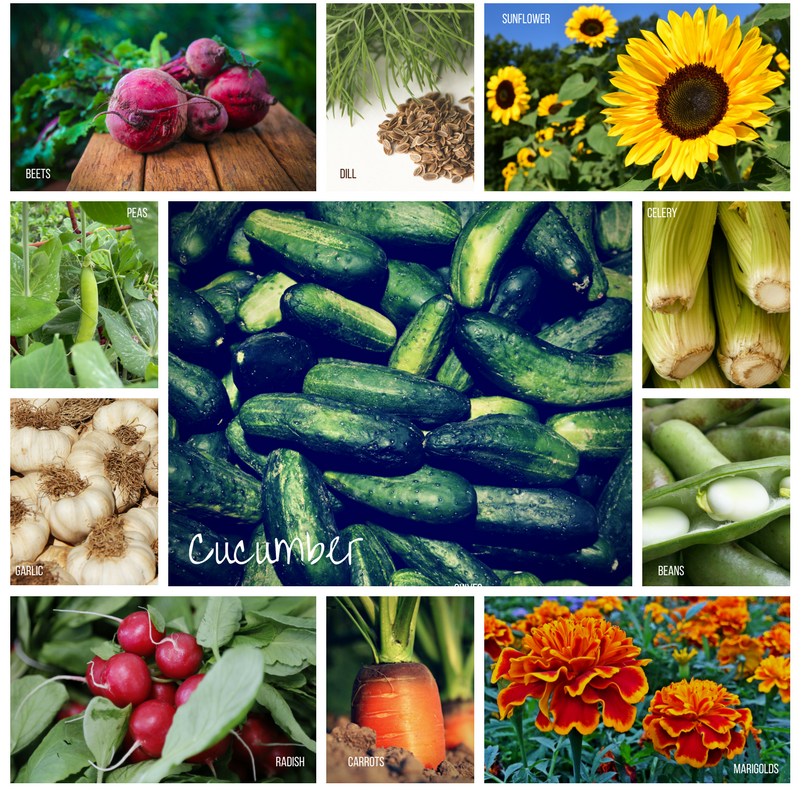

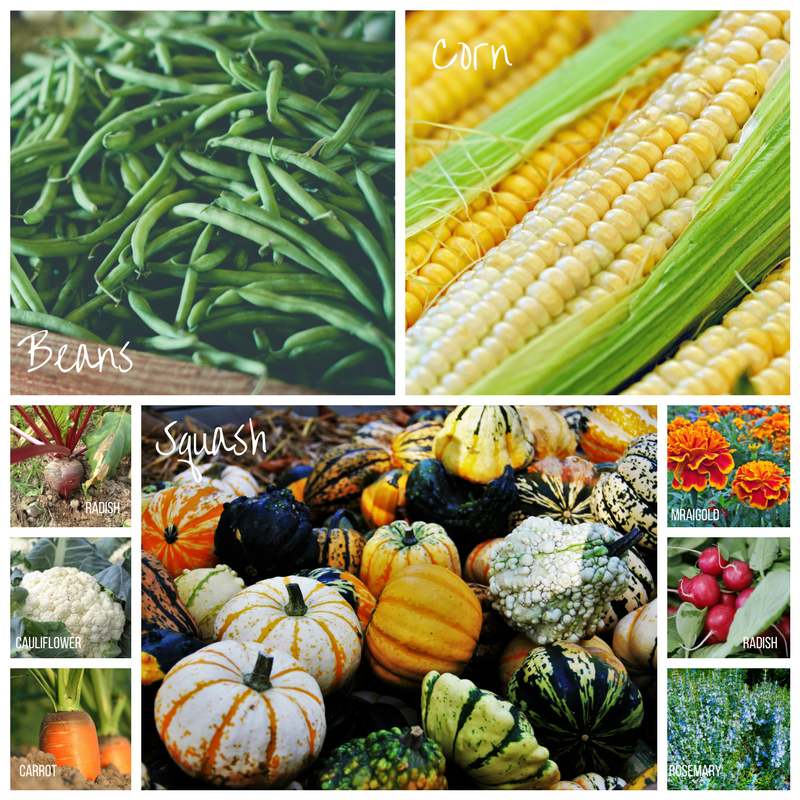


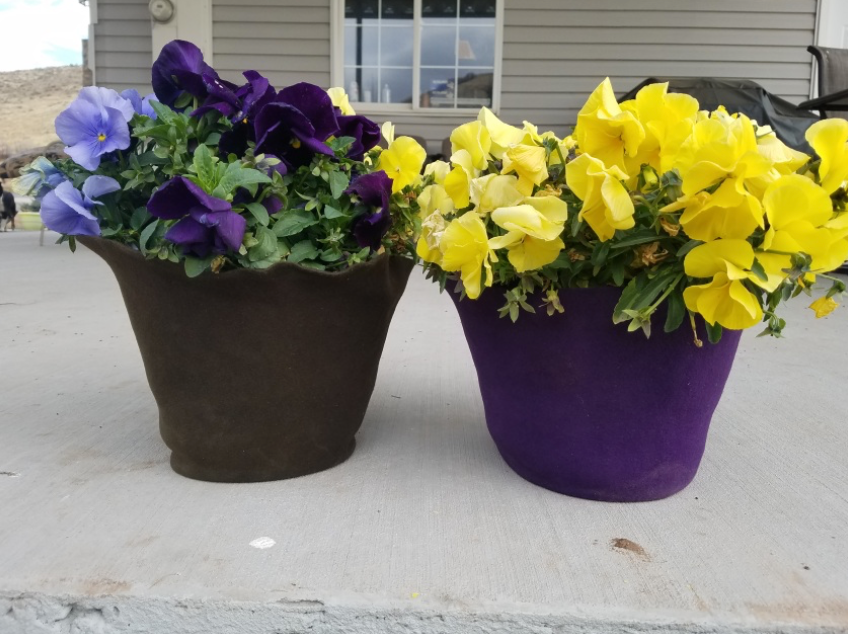



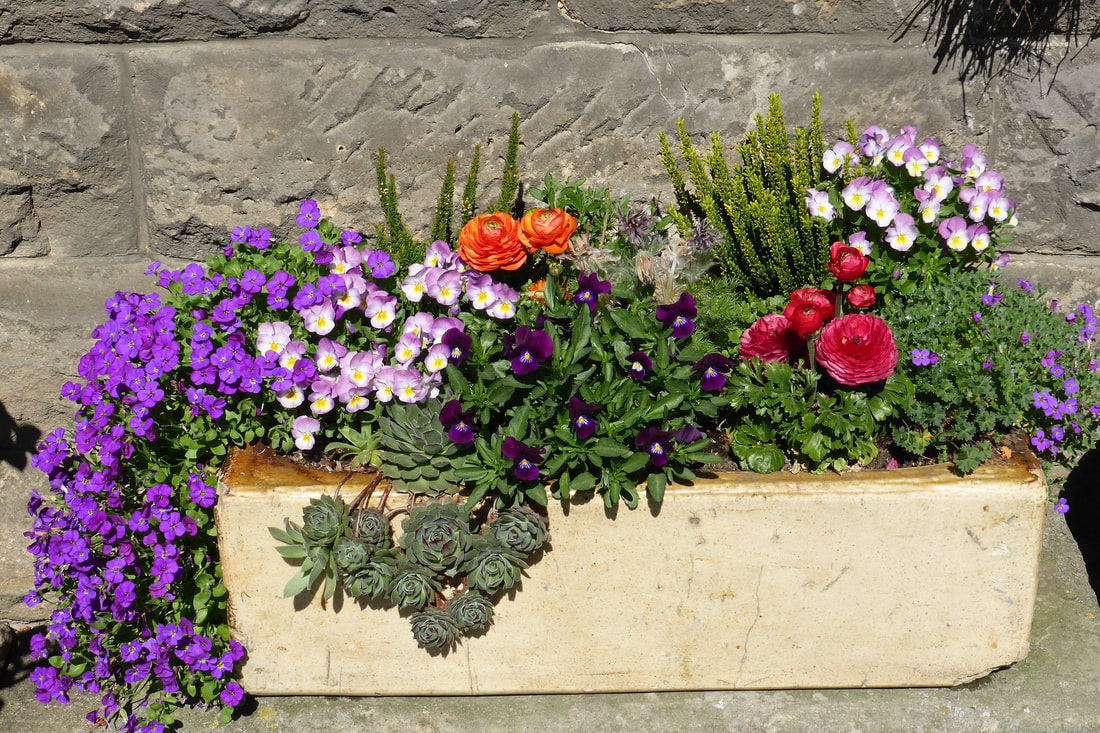

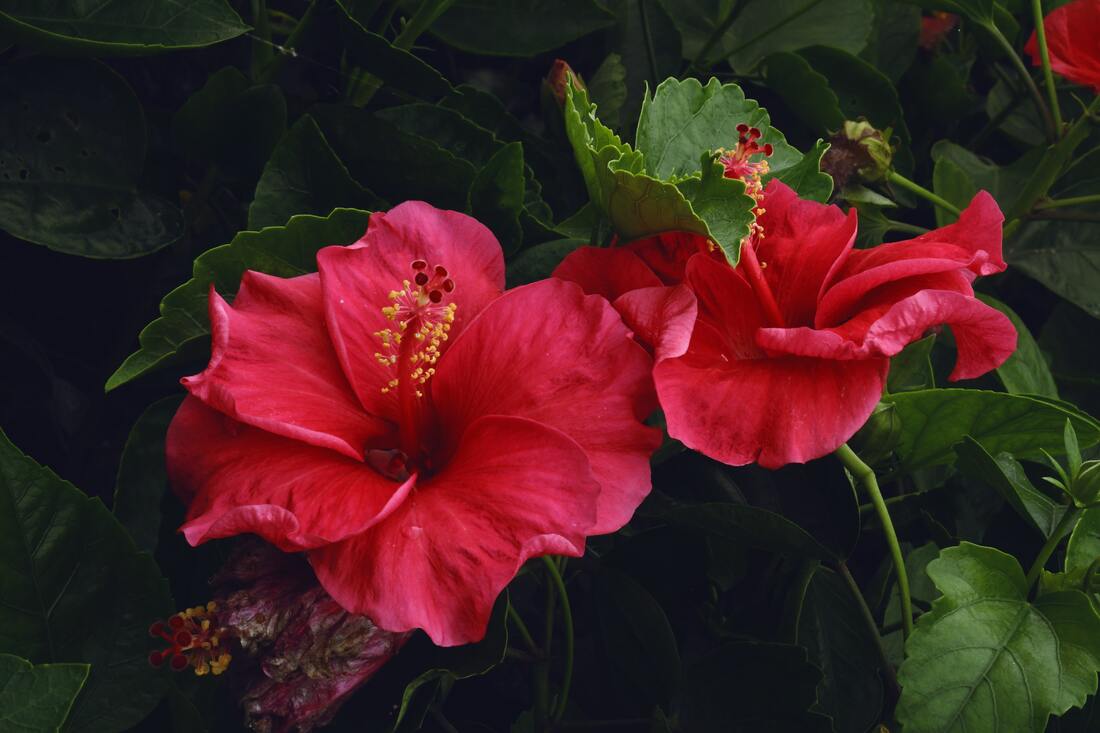
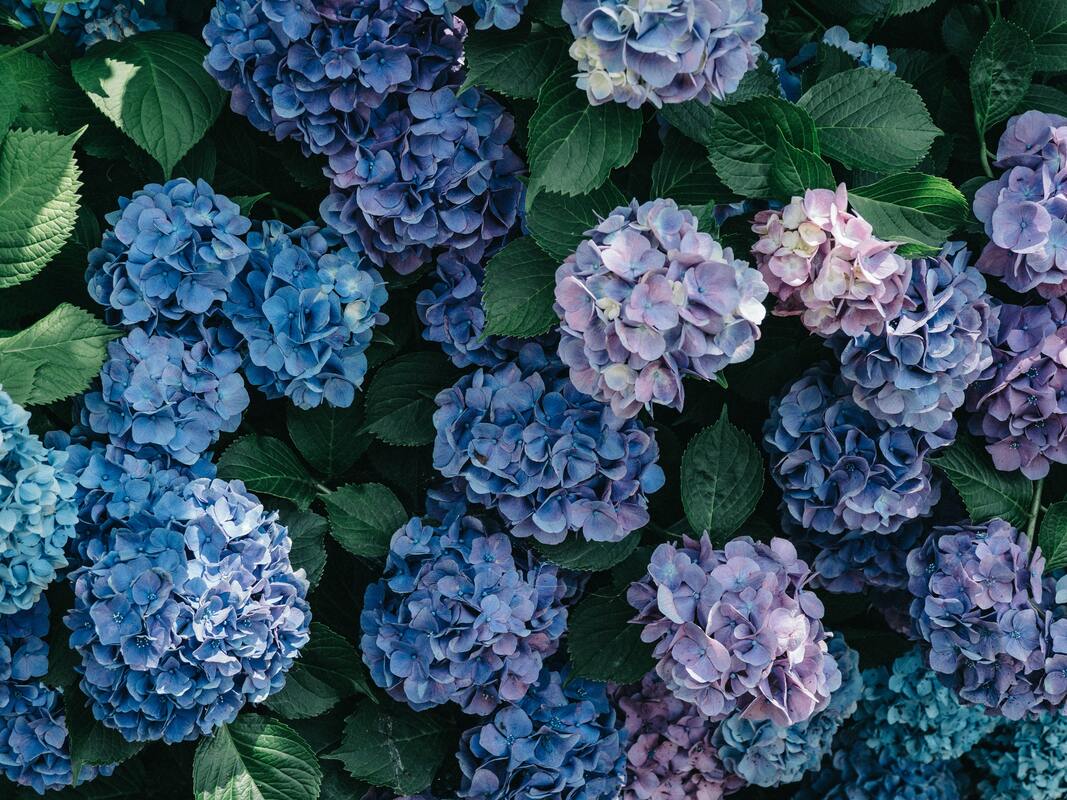

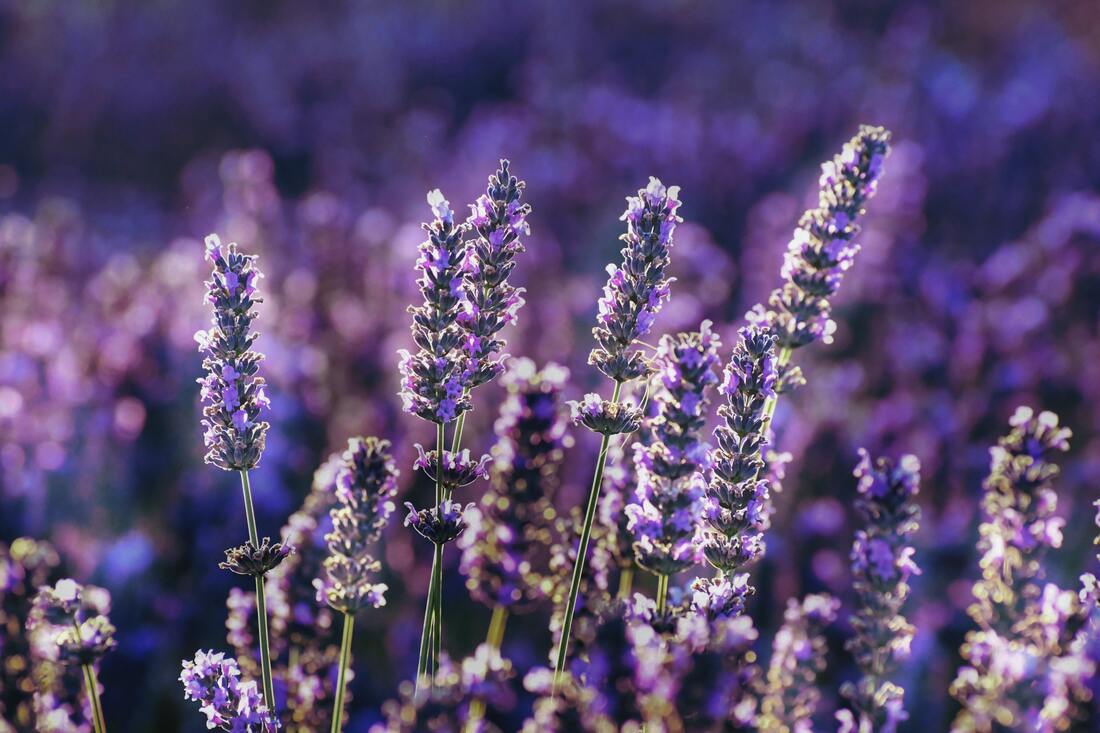
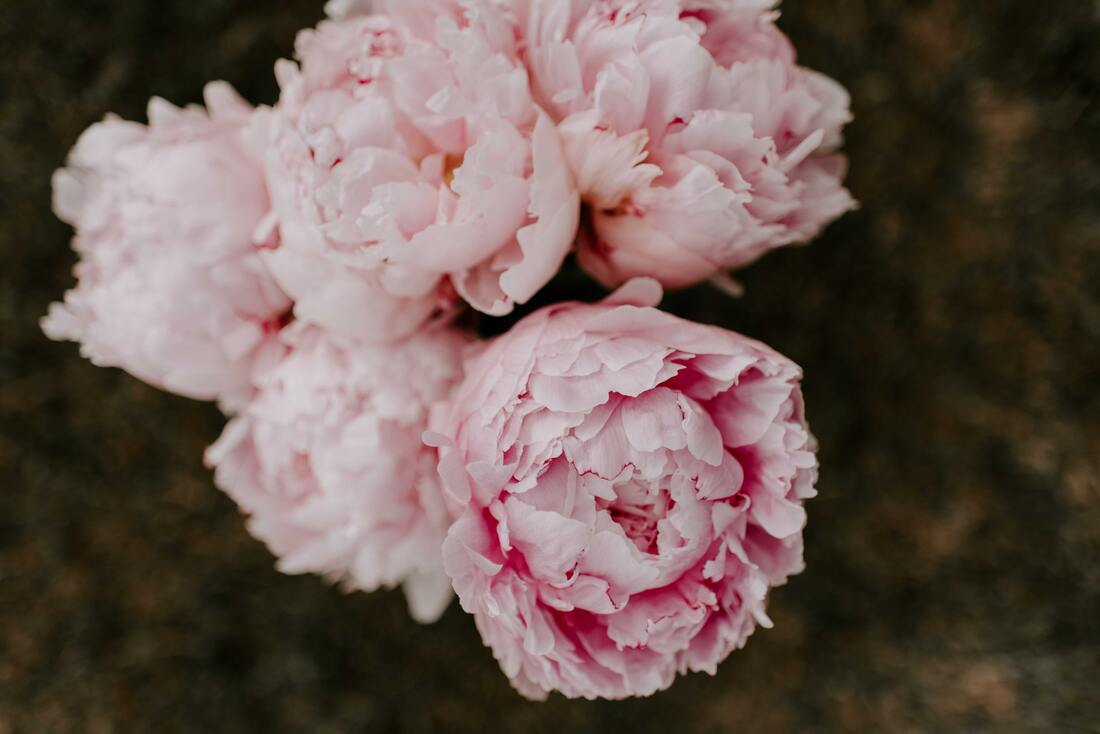

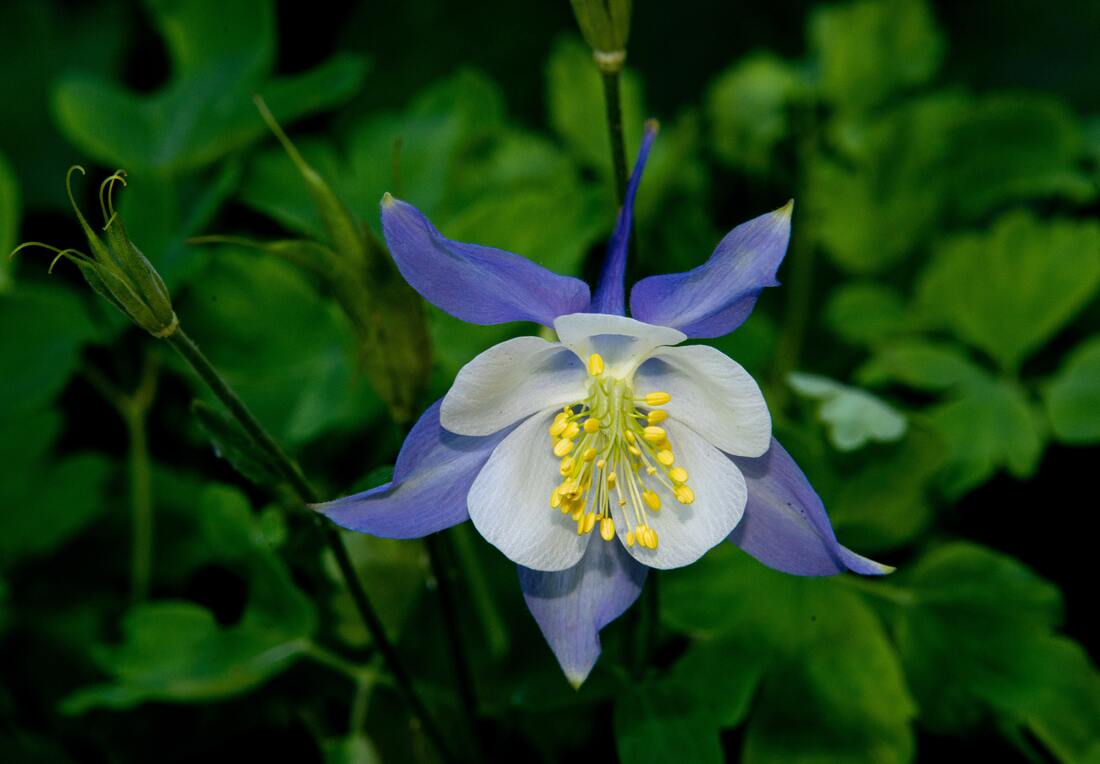
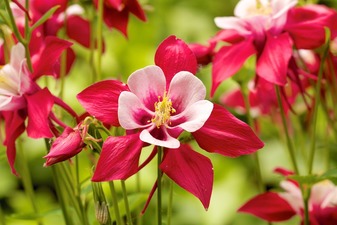
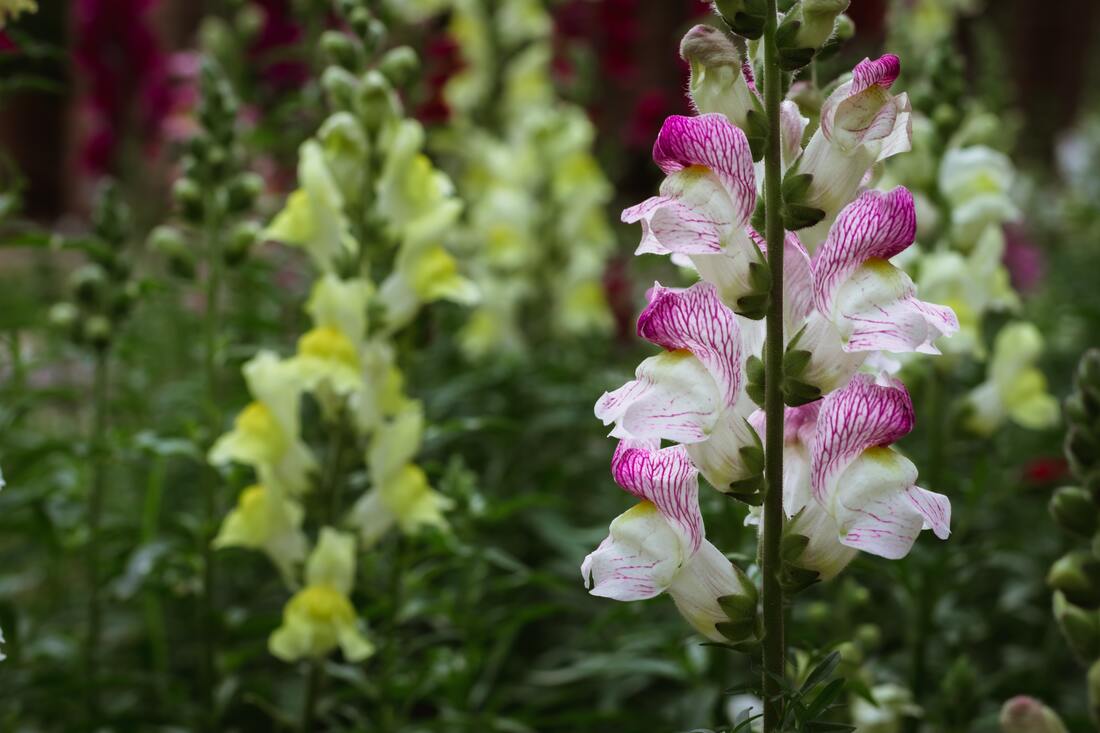
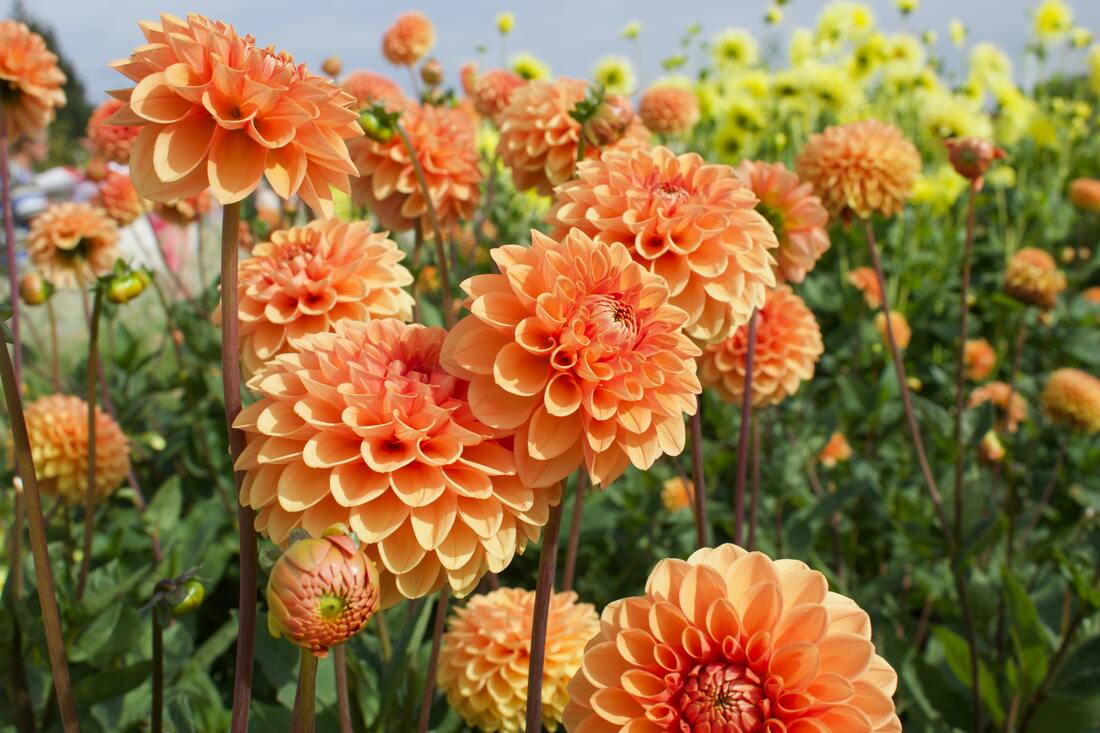


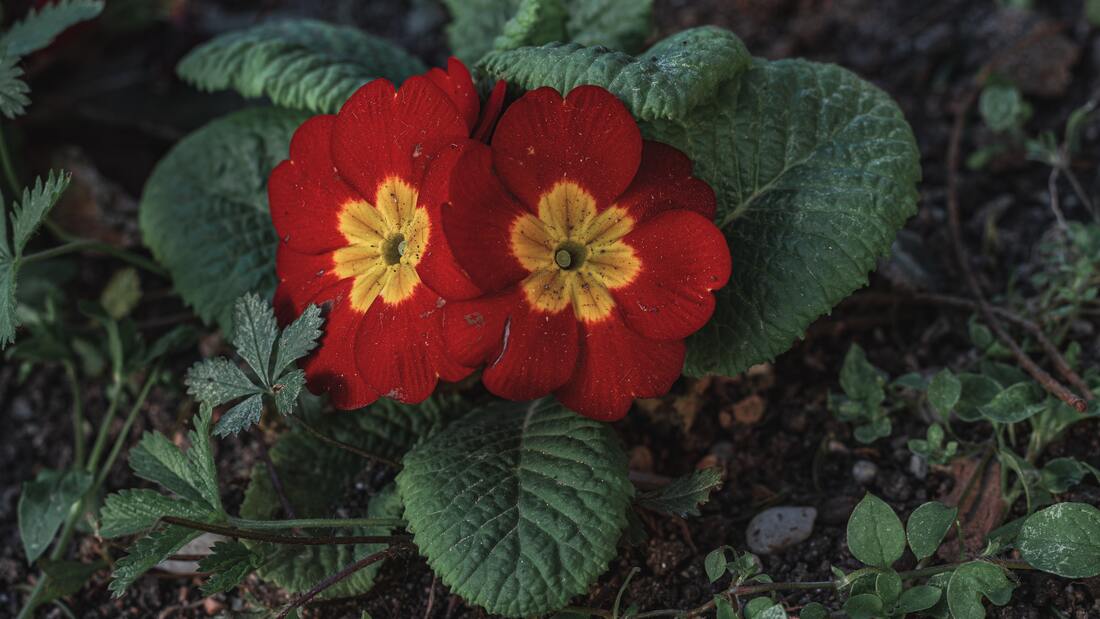

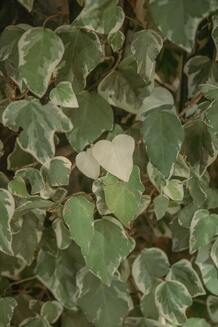
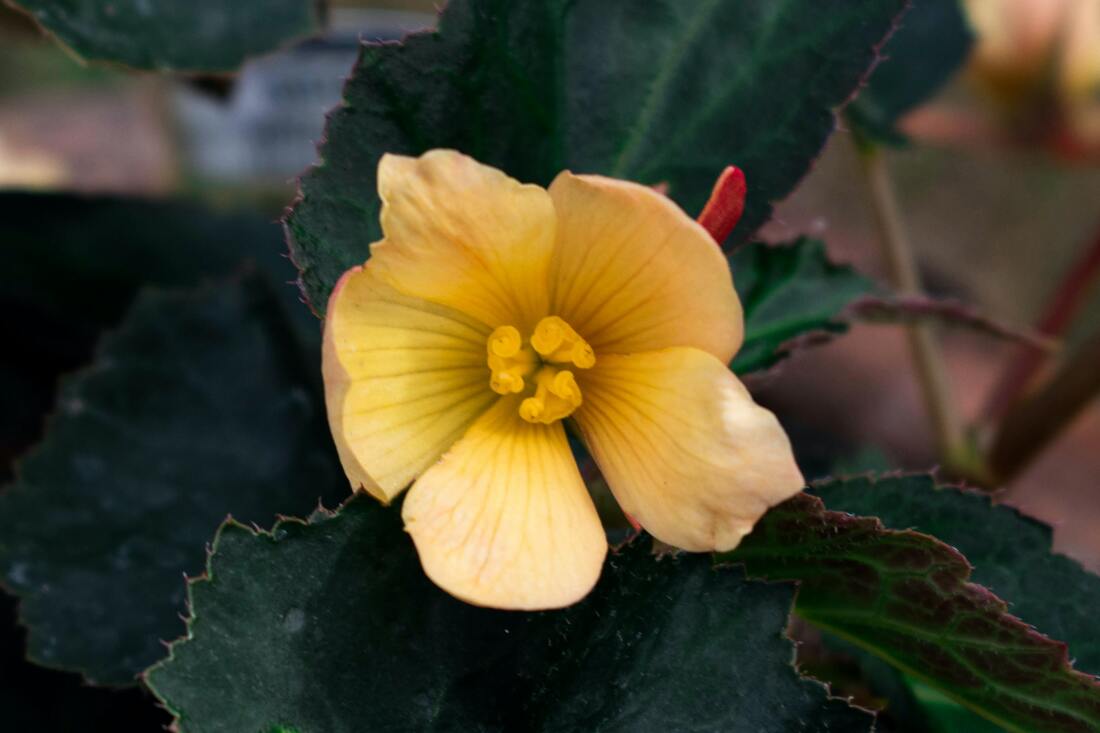


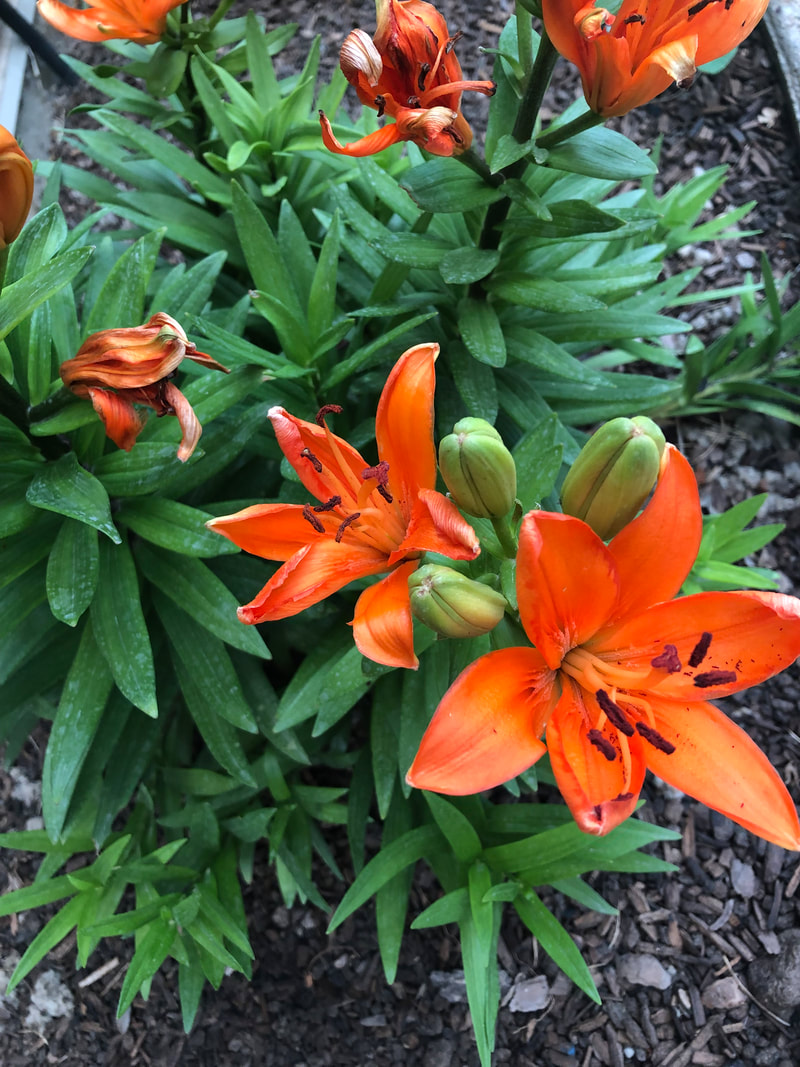
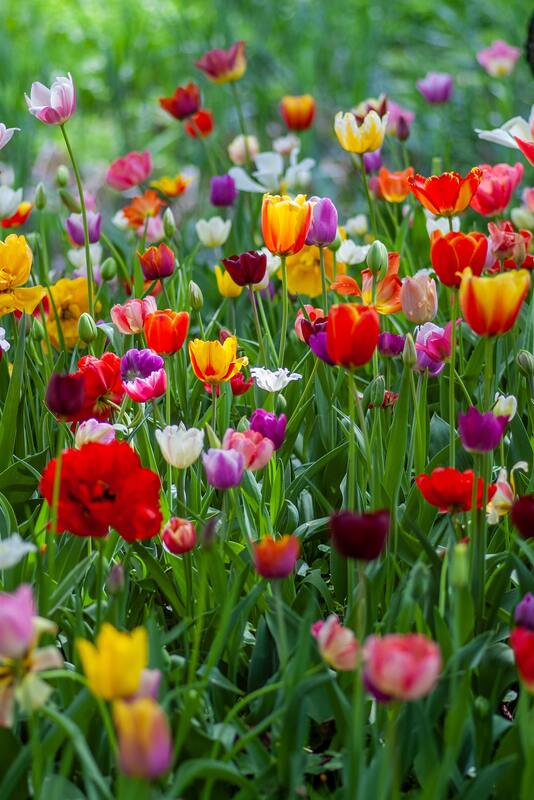
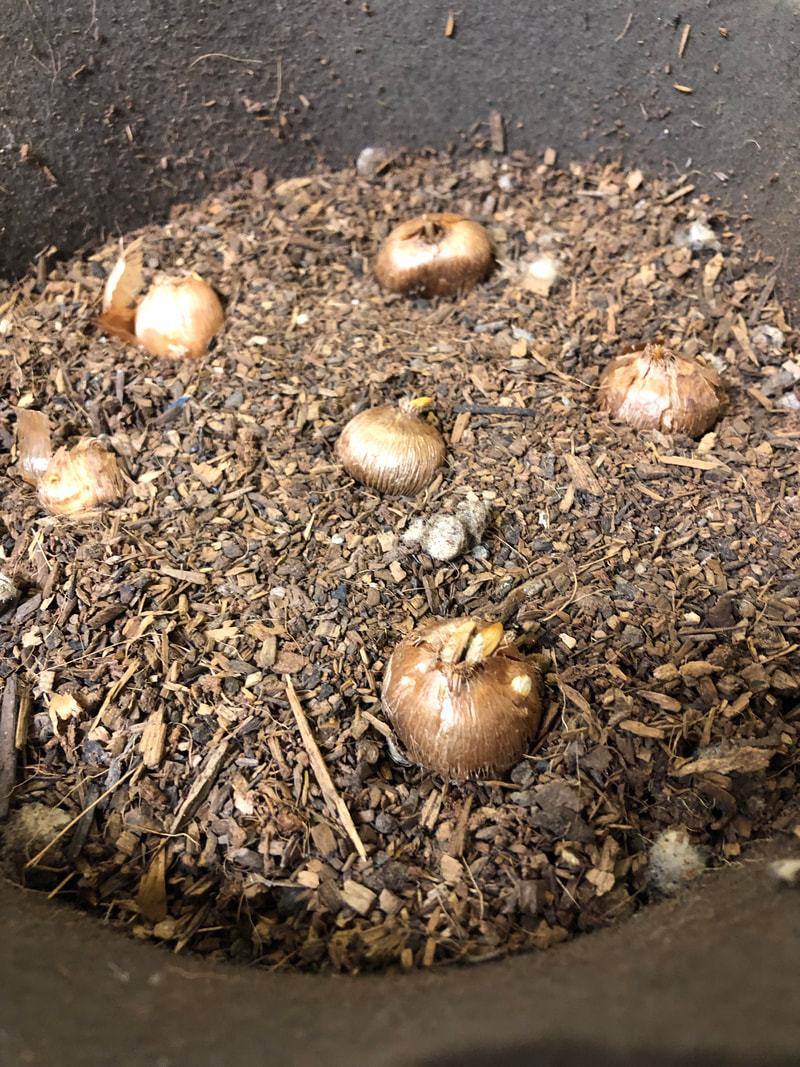
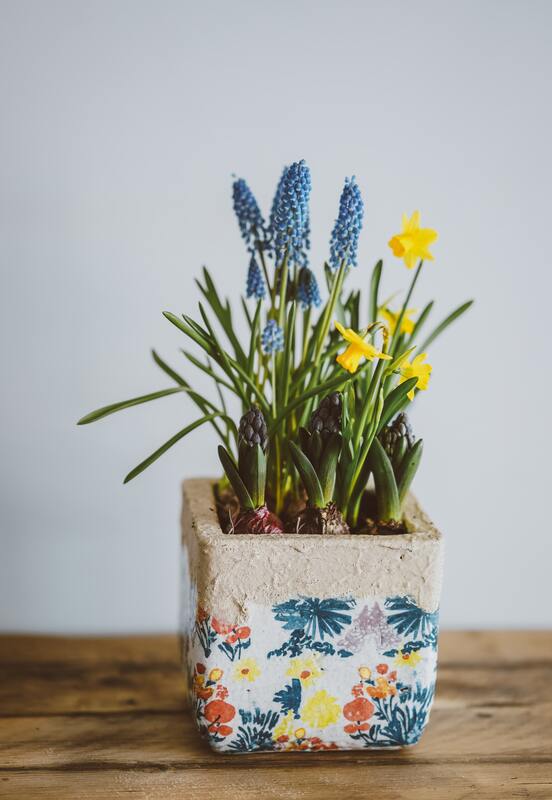
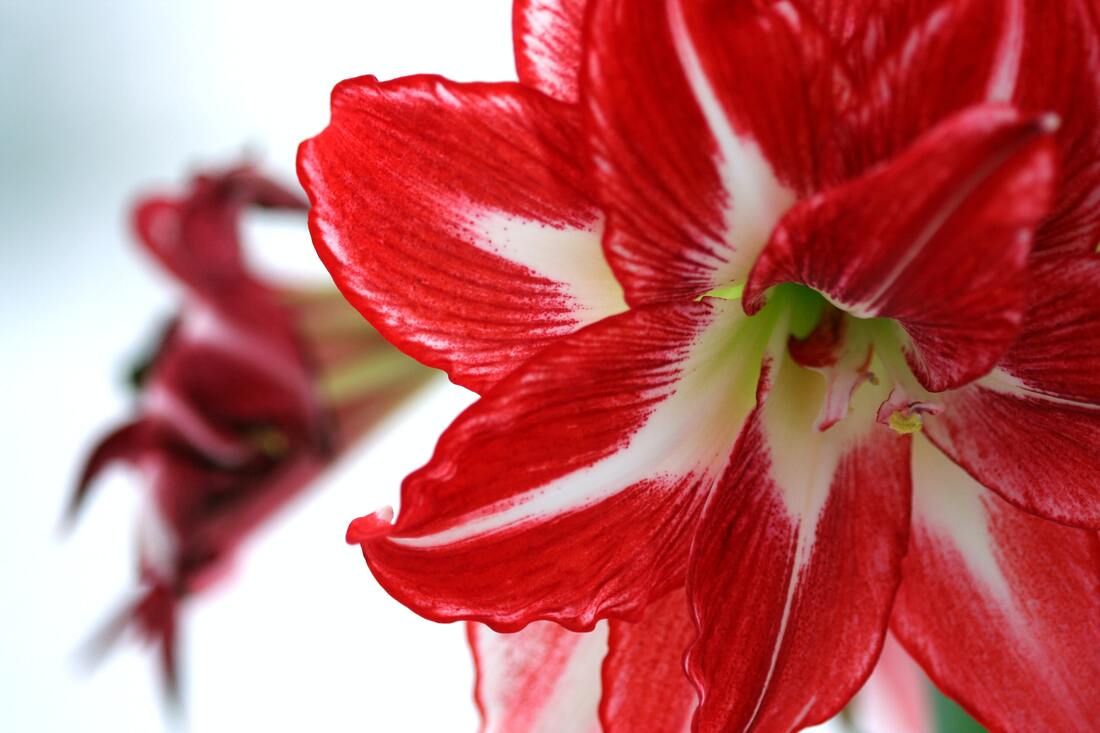
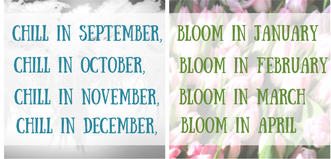


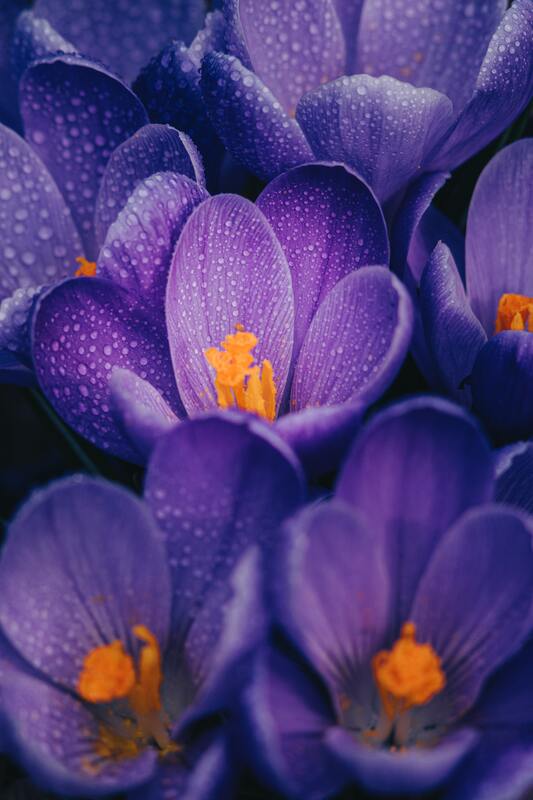

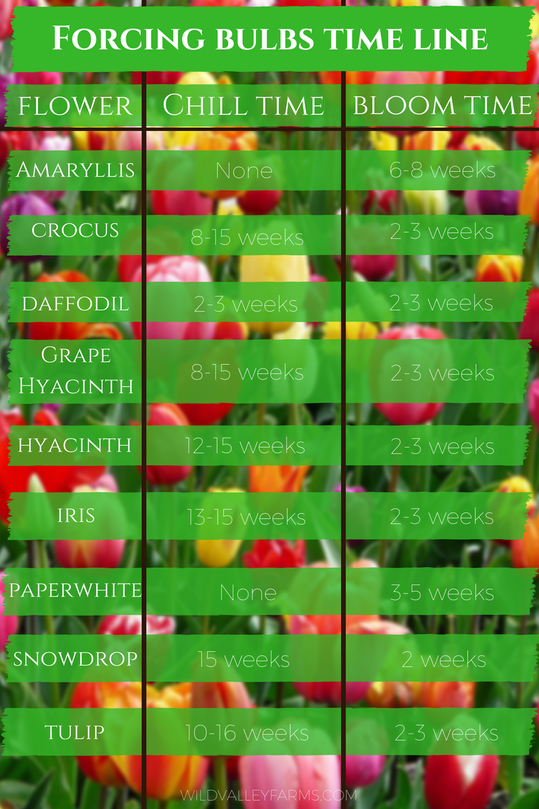

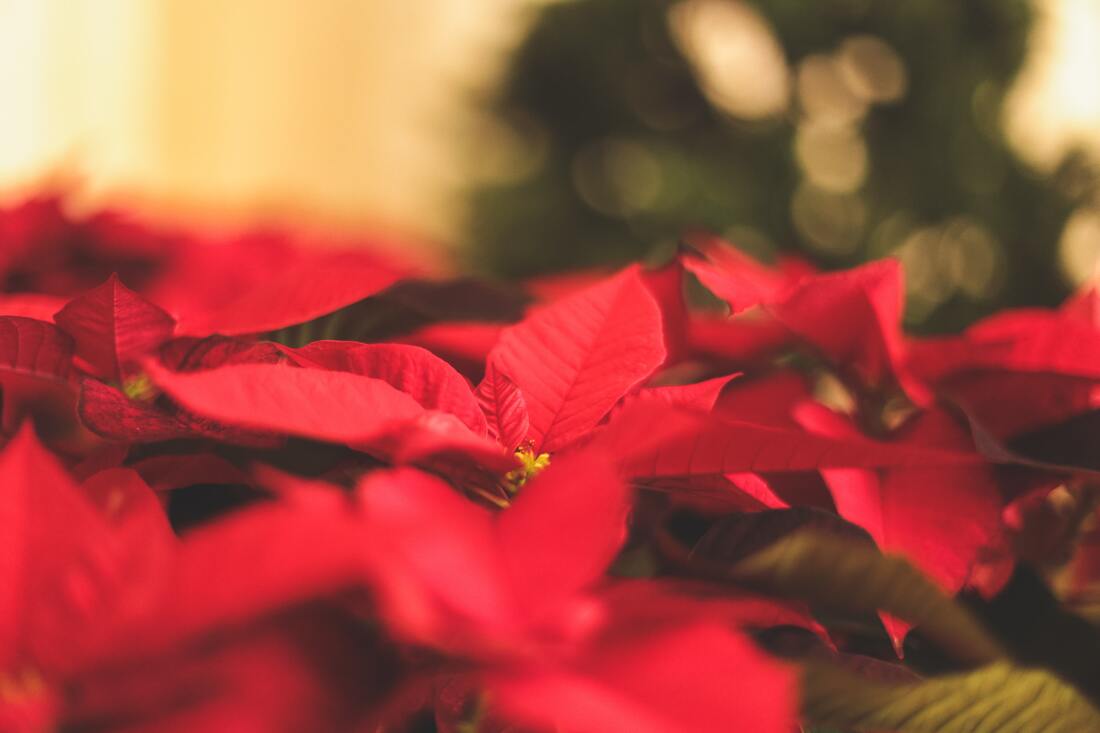
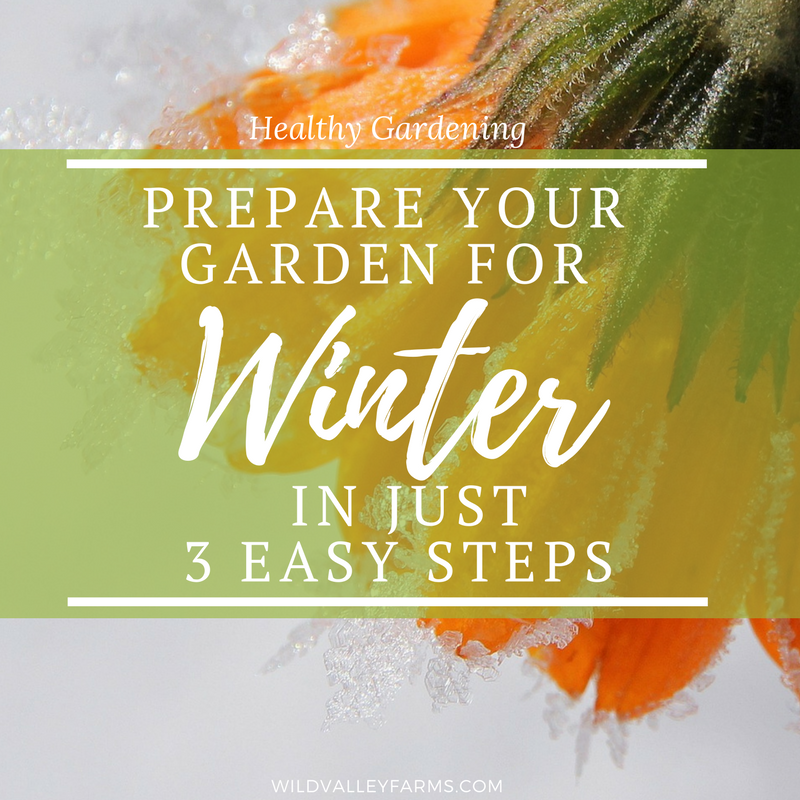




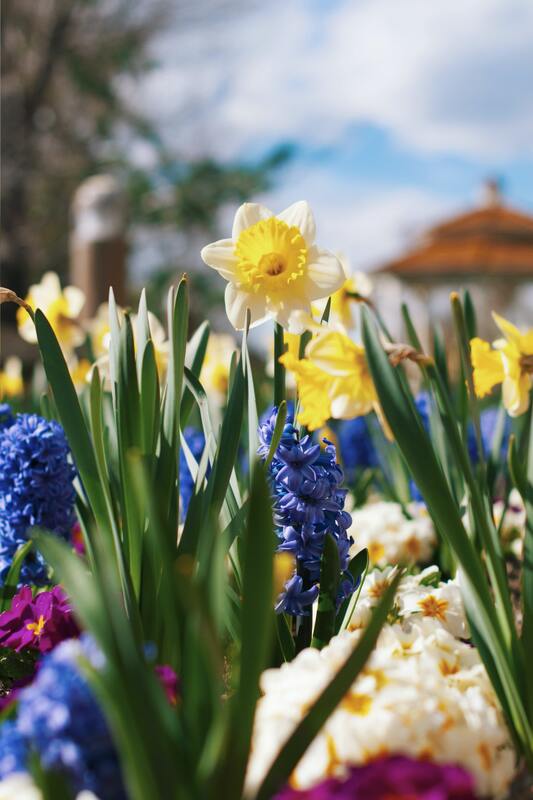
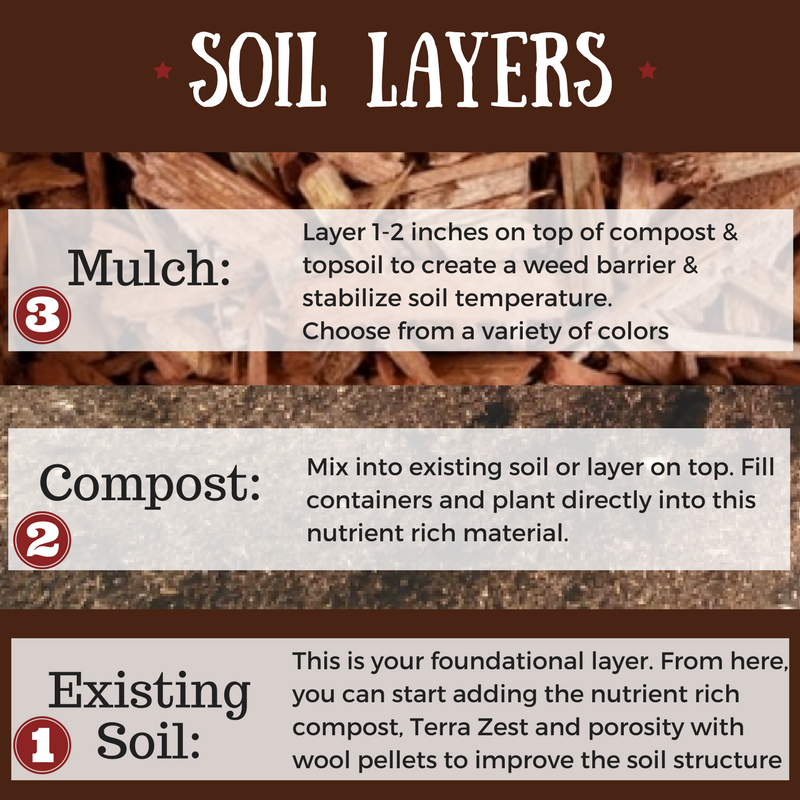


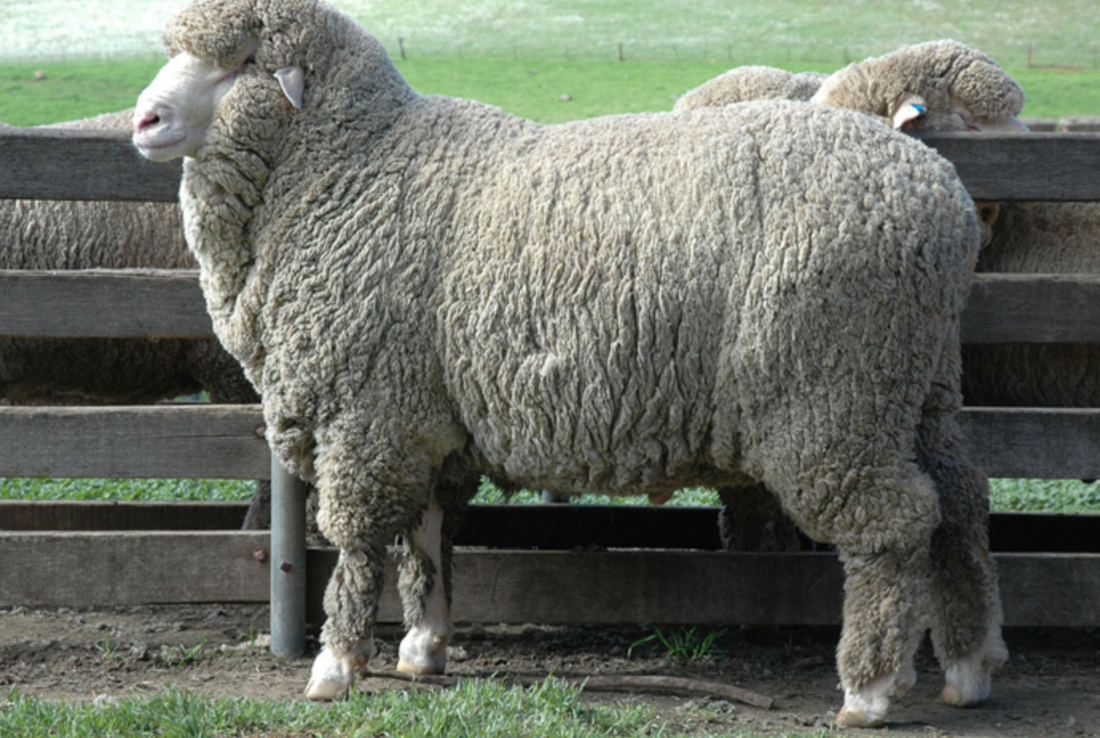
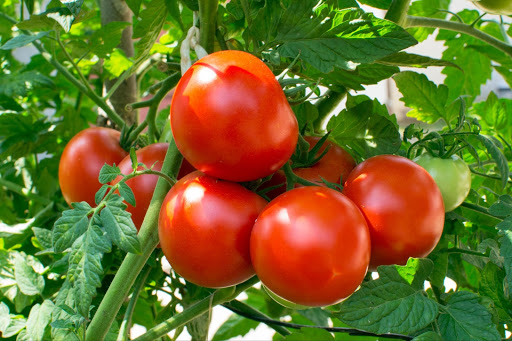


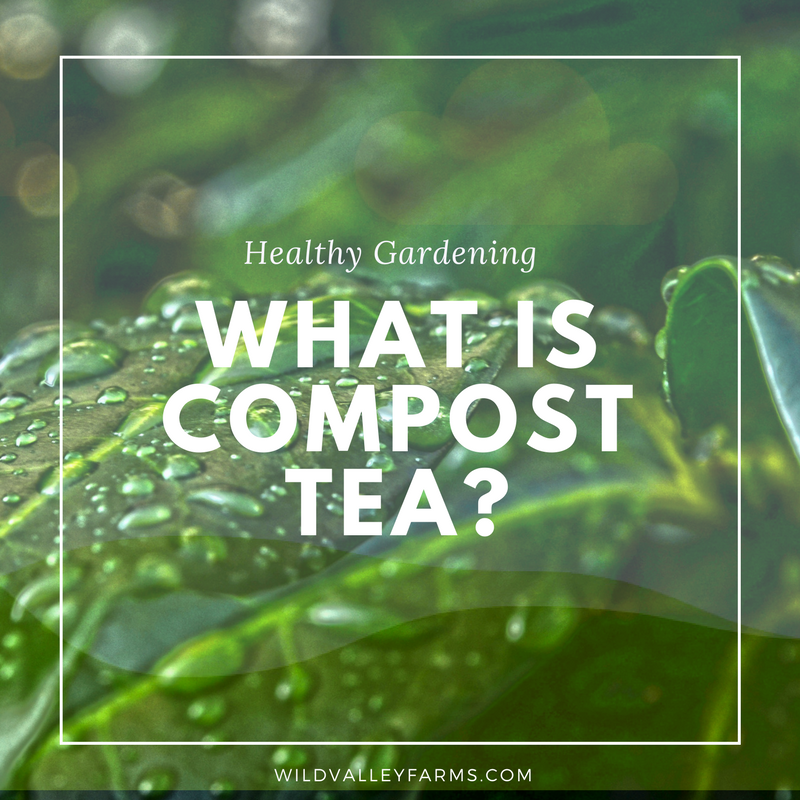



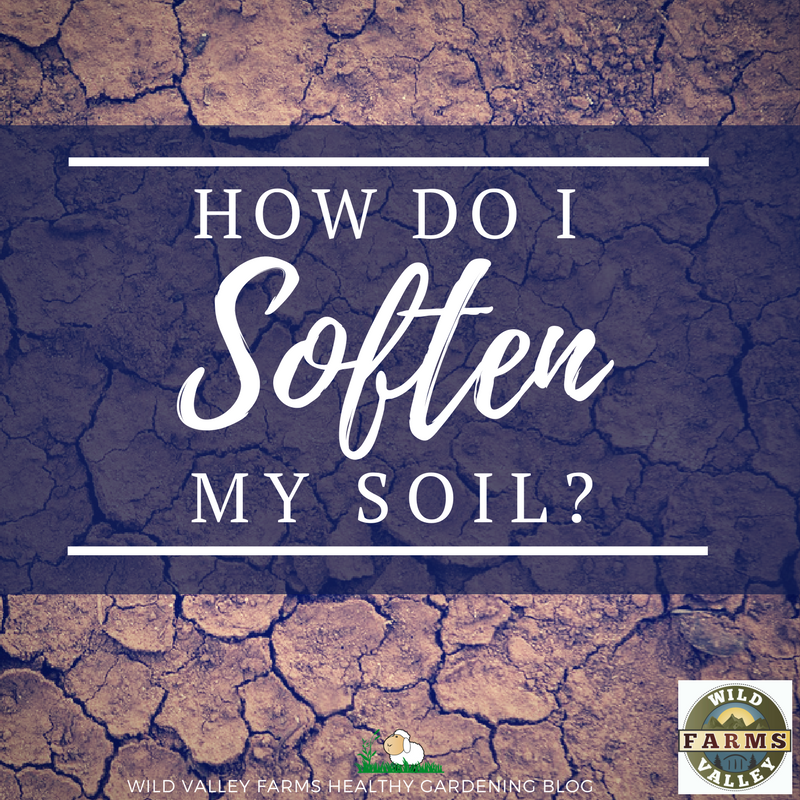





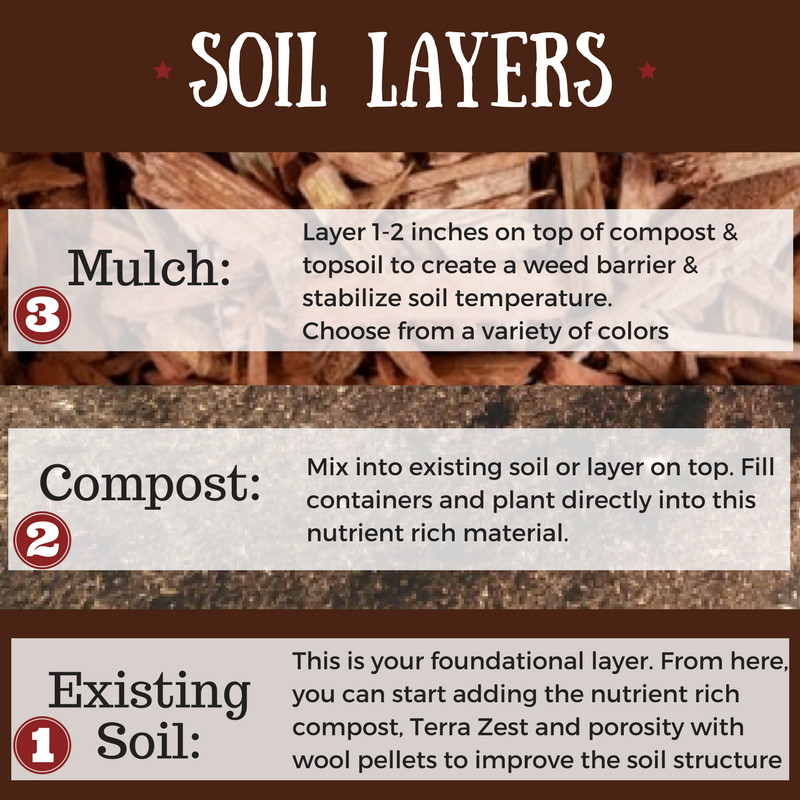


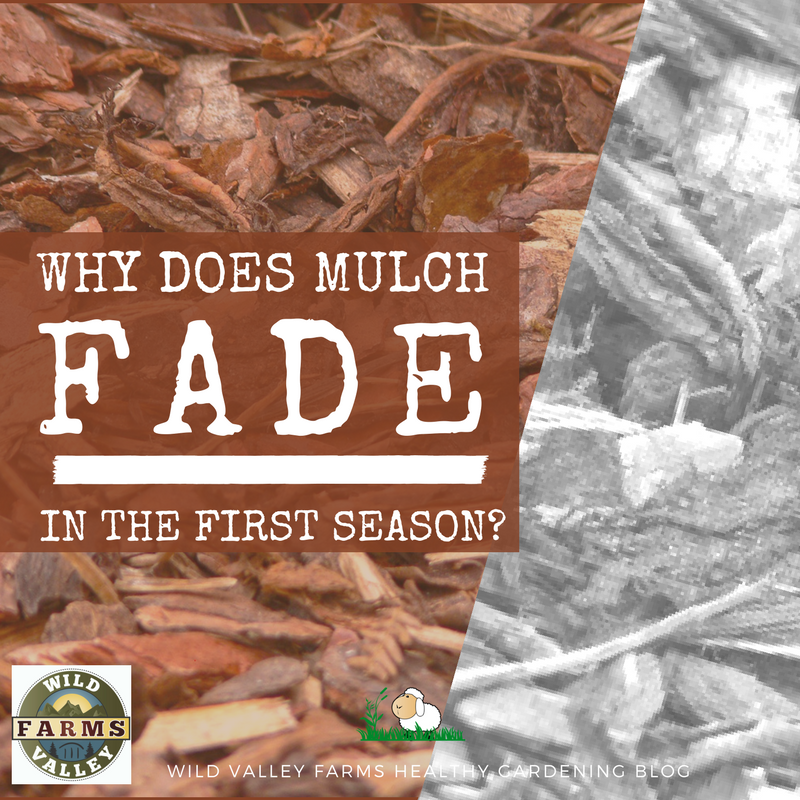

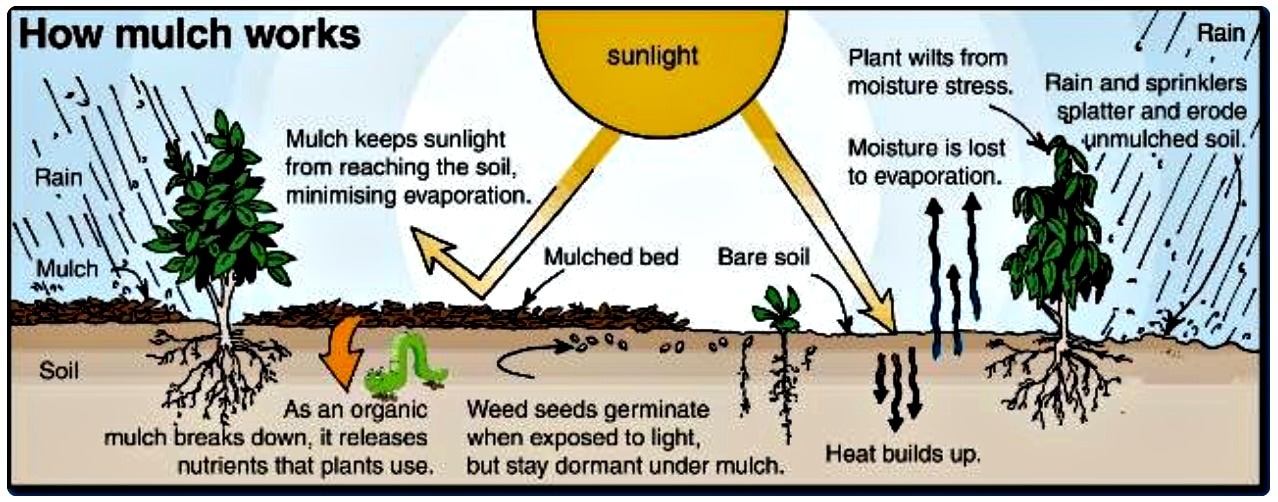



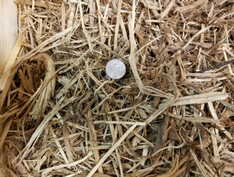
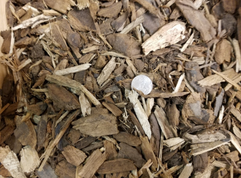

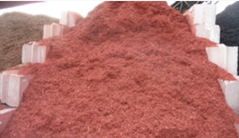


 RSS Feed
RSS Feed

